World tour: the 2016 Venice Architecture Biennale’s national participations
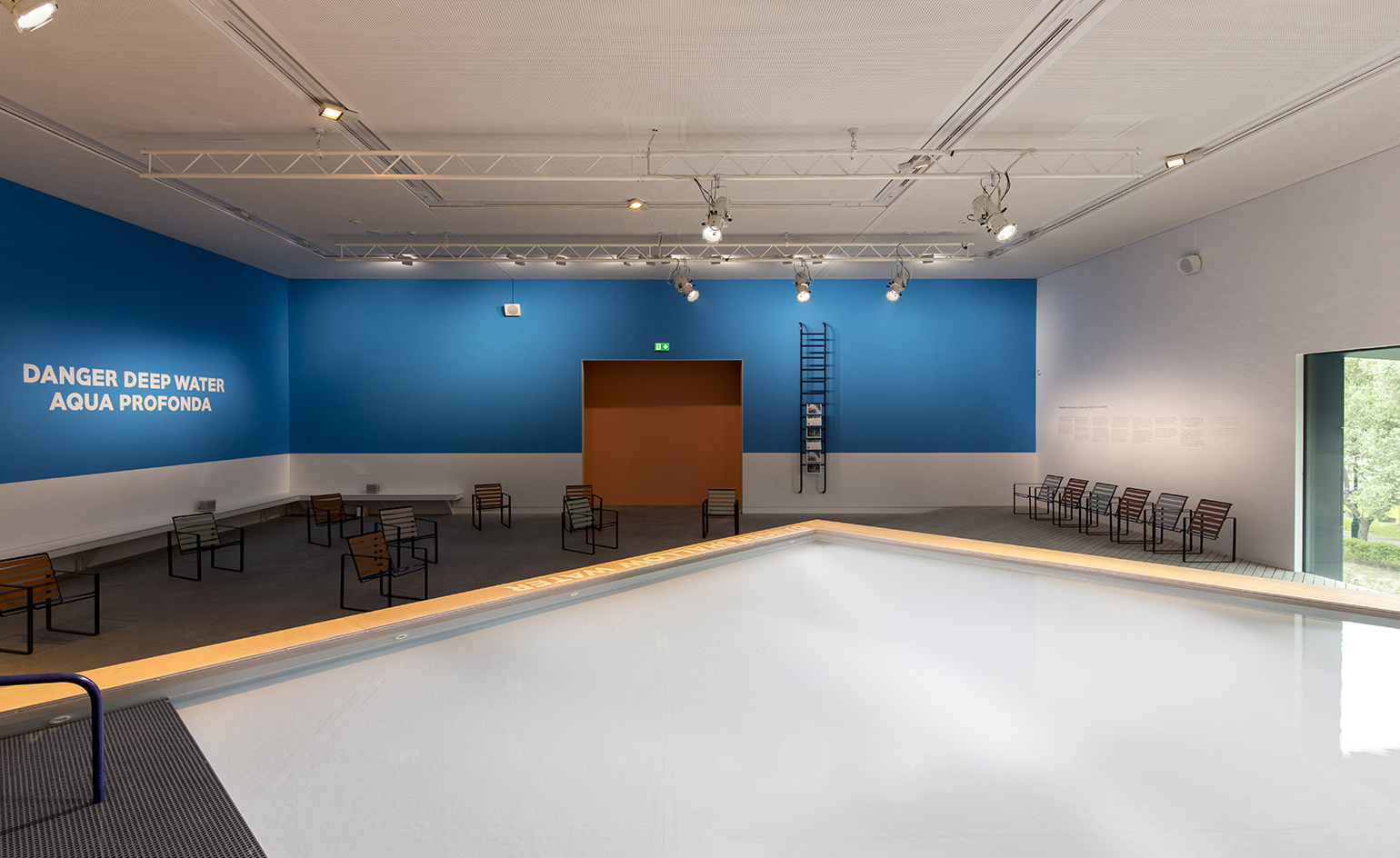
While the Padiglione Centrale and Arsenale’s centrally curated part of the Venice Architecture Biennale is half the point (and fun) of the grand celebration, the event’s numerous national participations, spanning locations in and out of the official sites, provide the all-important global context and other half. Responding to Alejandro Aravena’s 2016 theme, 'Reporting From The Front', some 60-plus countries took part this year, presenting a show that is rich, layered and varied.
Thirty or so national participations are spread across the Arsenale complex’s various buildings and other locations across Venice, forcing the visitor to take a thoroughly welcome stroll through the magical canal city. As always, the Giardini park hosts some 30 of the biennale’s constants – including this year’s Golden Lion for Best Pavilion winner, Spain. Entitled ‘Unfinished’, the Spanish display, curated by the architects Iñaqui Carnicero and Carlos Quintáns, looks at the country’s economic and construction crisis, urging for ways to turn a difficult situation into a positive one through an attractive and thought provoking combination of design and photography.
Several more shows offer a well-planned, eye-catching installation. Australia’s ‘The Pool’ – a full scale paddling pool – was the perfect spot to relax and take on the role of one of the country’s key cultural institutions; while Belgium’s ‘Bravoure’ show depicts examples of craftsmanship within the mundane and in the context of our economically-challenged times, through full-scale mock-ups and beautiful shots by photographer Filip Dujardin.
Meanwhile, execution aside, simply by taking note of each pavilion’s chosen theme, a map of the key issues dominating architectural debate in each country soon emerges. Migration, asylum and the refugee crisis take centre stage at the German and Finnish pavilions, while the Dutch offers an arresting study in blue; an exploration of the architecture of peacekeeping missions. The Brits identify housing as their key theme. This also appears in Japan and Korea's participations – though seen through very different means and angles, adding urban density, social issues and regulatory constraints to the mix.
The US presents a series of architectural proposals for Detroit, using the North American city as a case study for their response to urban and socioeconomic issues. Greece aims to touch upon almost all of the above themes, while Denmark and the Nordic Pavilion look into their countries’ legacy and future. France investigates transformation in ordinary, everyday locations and neighbourhoods. Turkey’s Pavilion, 'Darzanà', focuses on dockyards, ports and cultural interchange between countries, represented through a fascinating deconstructed vessel, hanging from the Arsenale’s Sale d’Armi.
This was also a Biennale of firsts – the Seychelles, Nigeria, the Philippines, Yemen and a trio of Baltic countries all created debut displays for the show.
In addition, a brand new pavilion made its appearance within Giardini. Solo Galerie teamed up with Chilean architects Pezo von Ellrichshausen to create 'Vara', a deep green, labyrinthine concrete structure, nestled among the national participations – the first ever of this scale to pop up in the park.

The installation, consisting of a full scale paddling pool, was conceived by Aileen Sage Architects' Amelia Holliday and Isabelle Toland, with Michelle Tabet.
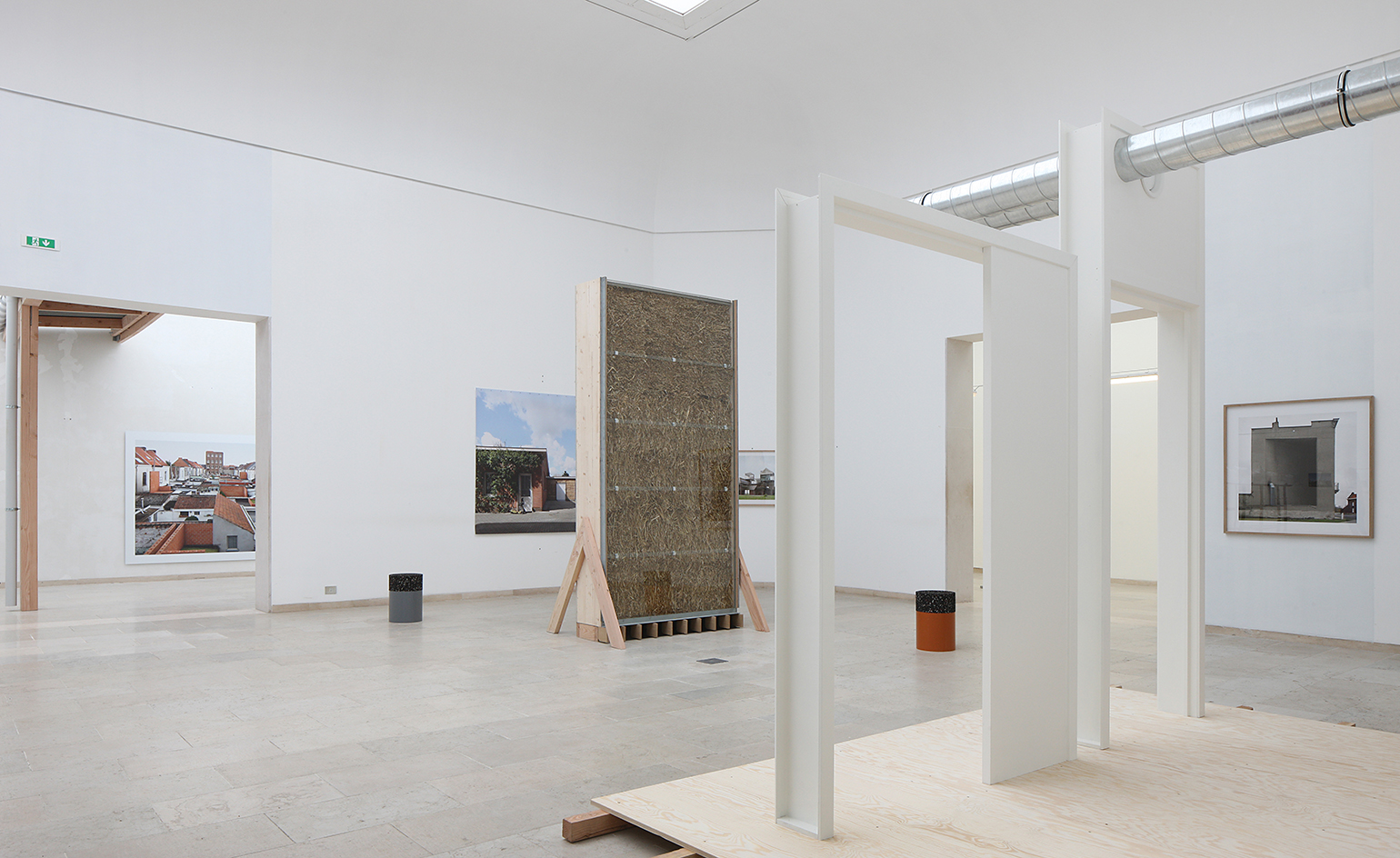
Belgium's national pavilion, entitled 'Bravoure', investigates the idea of craftmanship in everyday life – and architecture – particularly in our financially troubled times
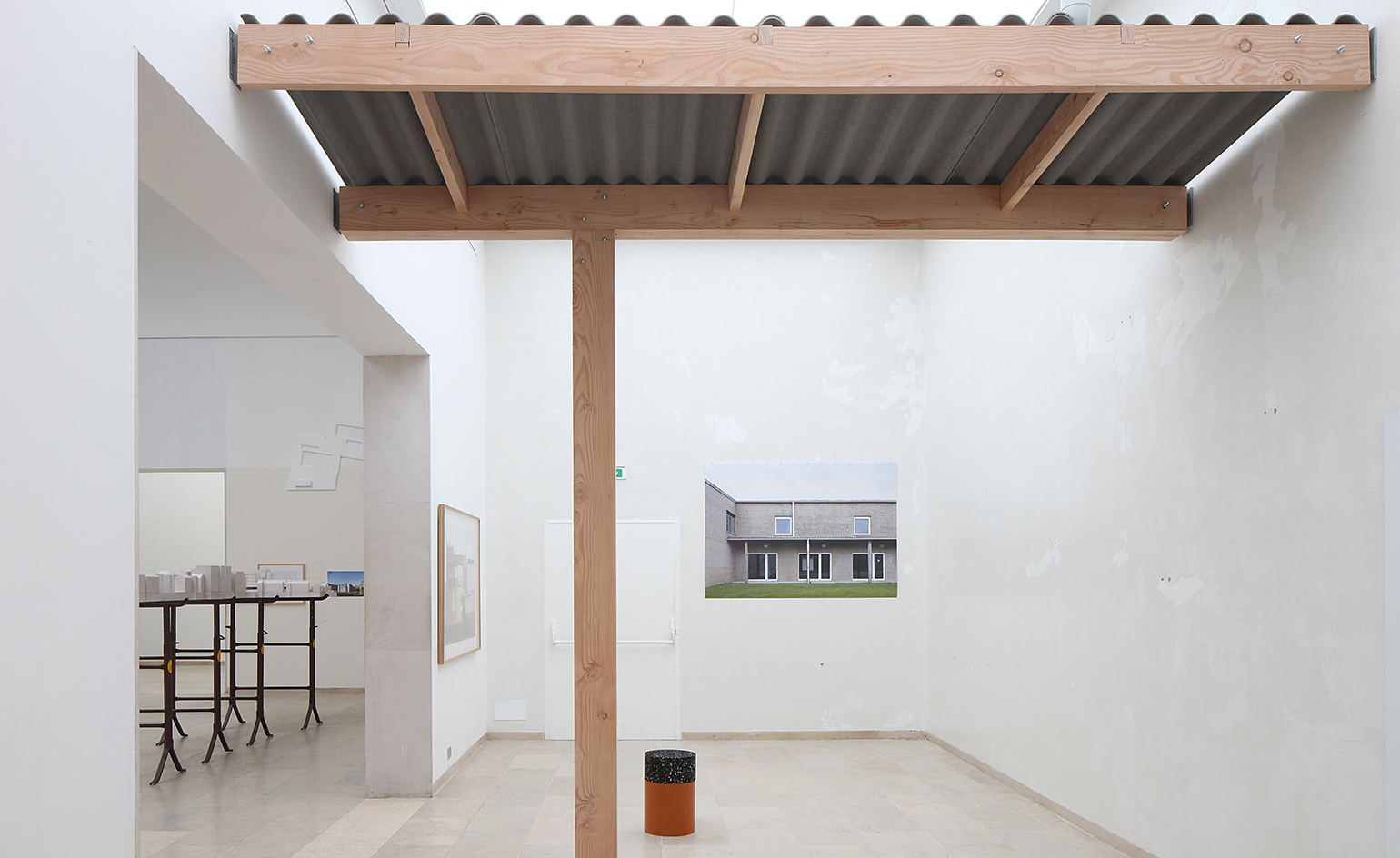
The show is combination of full scale mock ups of examples of craftsmanship in Belgian architecture and beautiful
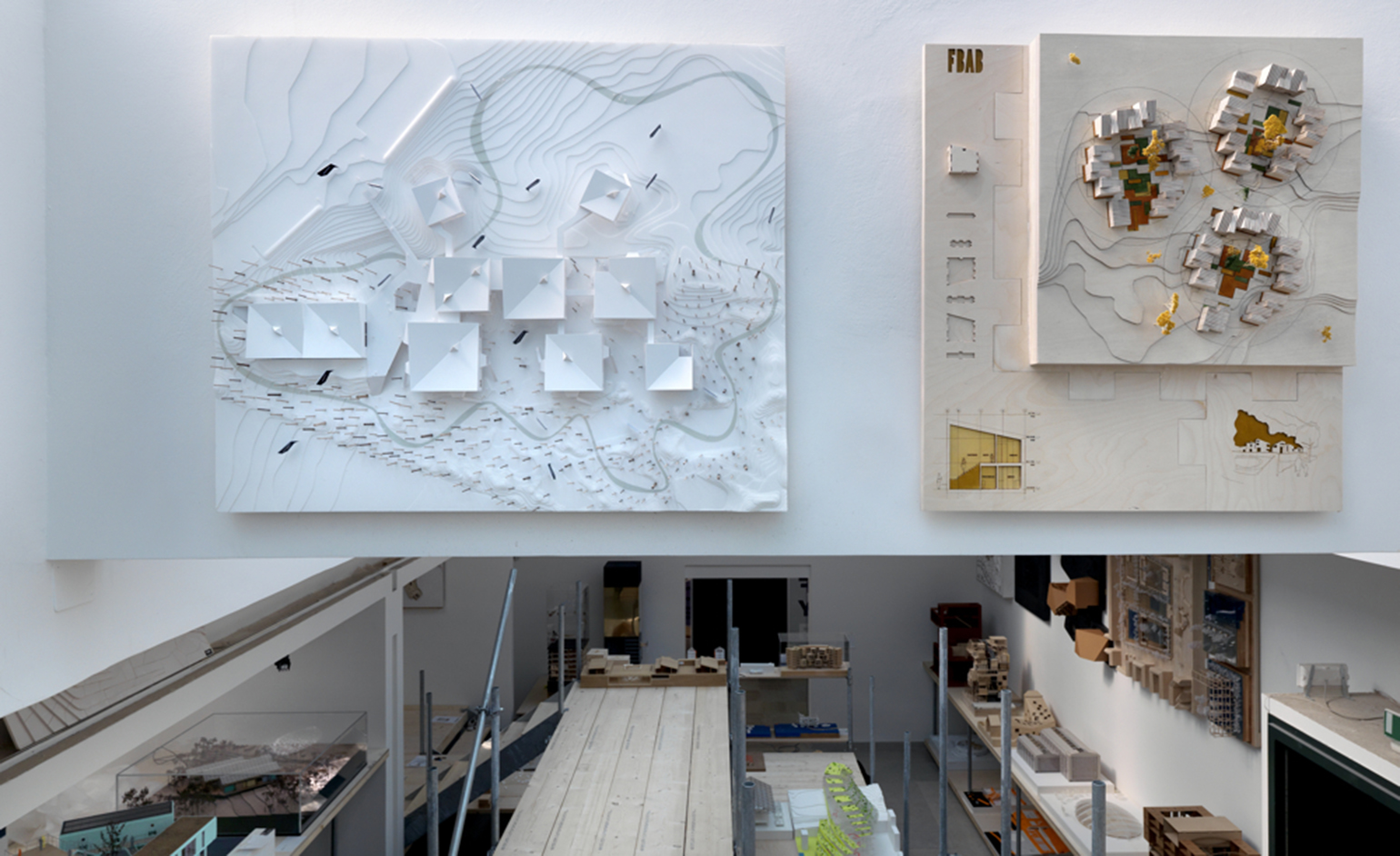
The Danes created an exhibition showcasing examples of their country's most inspiring modern architecture. The result? A pavilion chock-full of models and projects – the more time you have to spend on it, the better
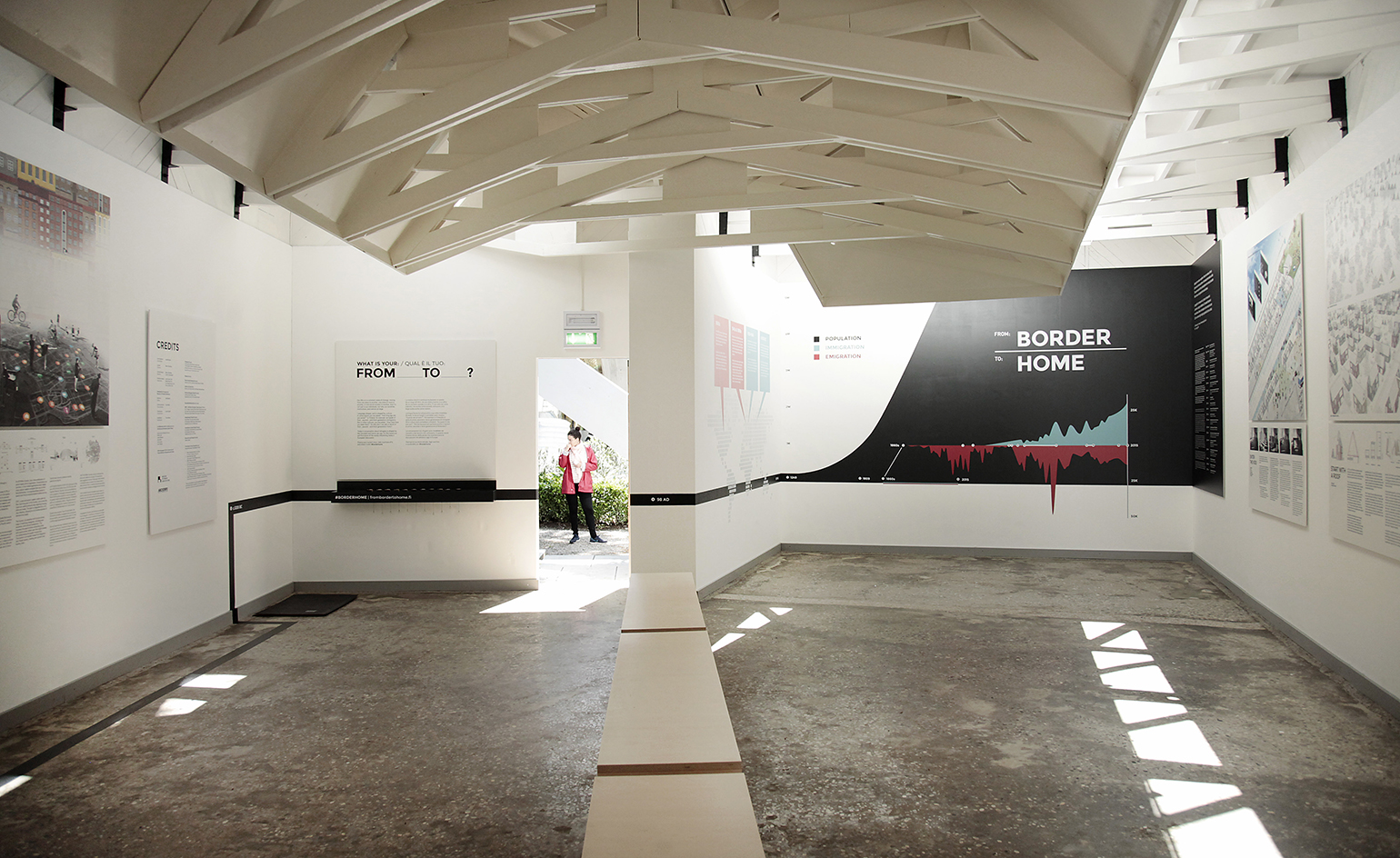
The Finnish Pavilion in the Giardini investigates ideas of migration and borders.
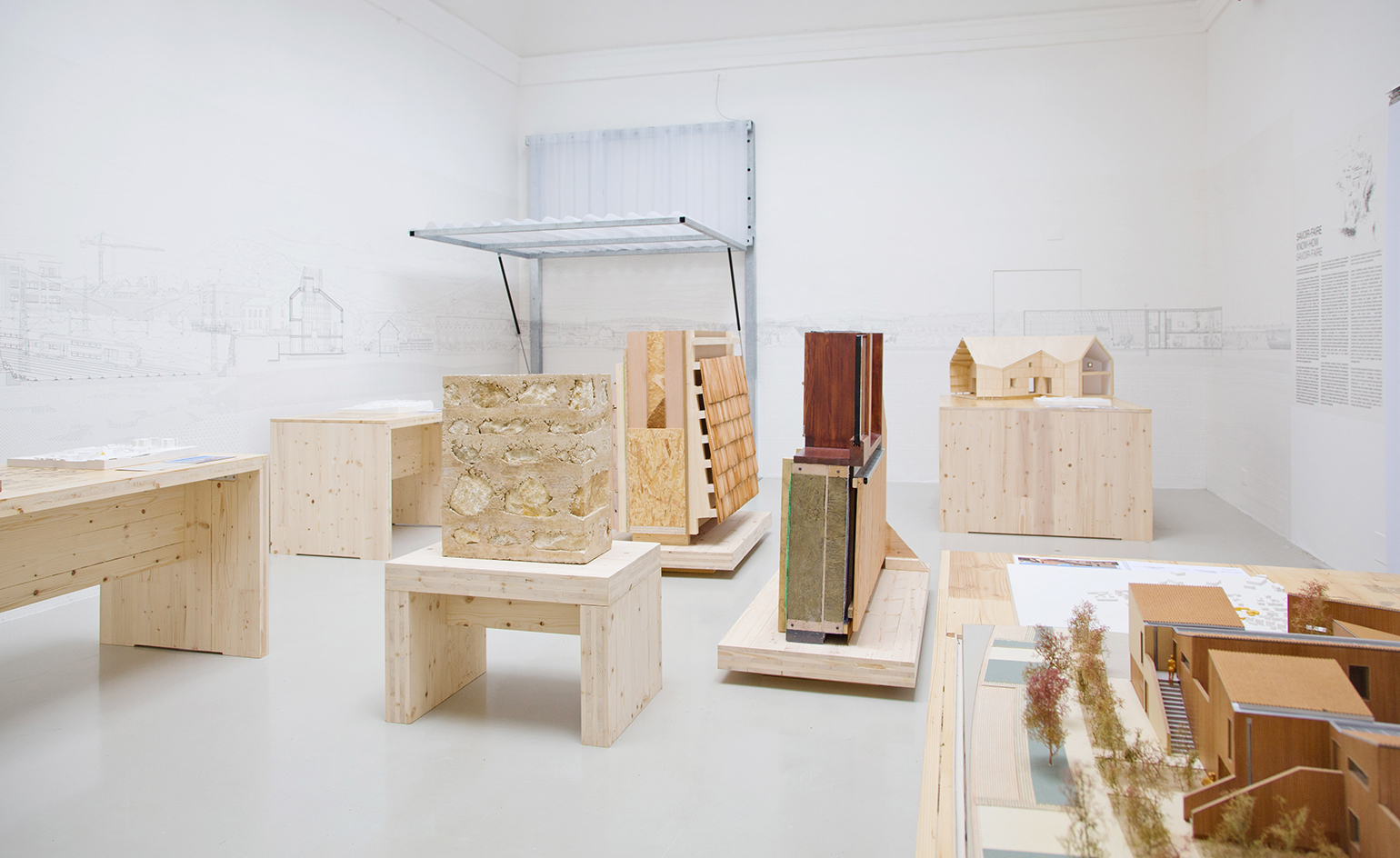
Ordinary and everyday neighbourhoods and territories with the capacity to transform dominated the French entry, also in the Giardini
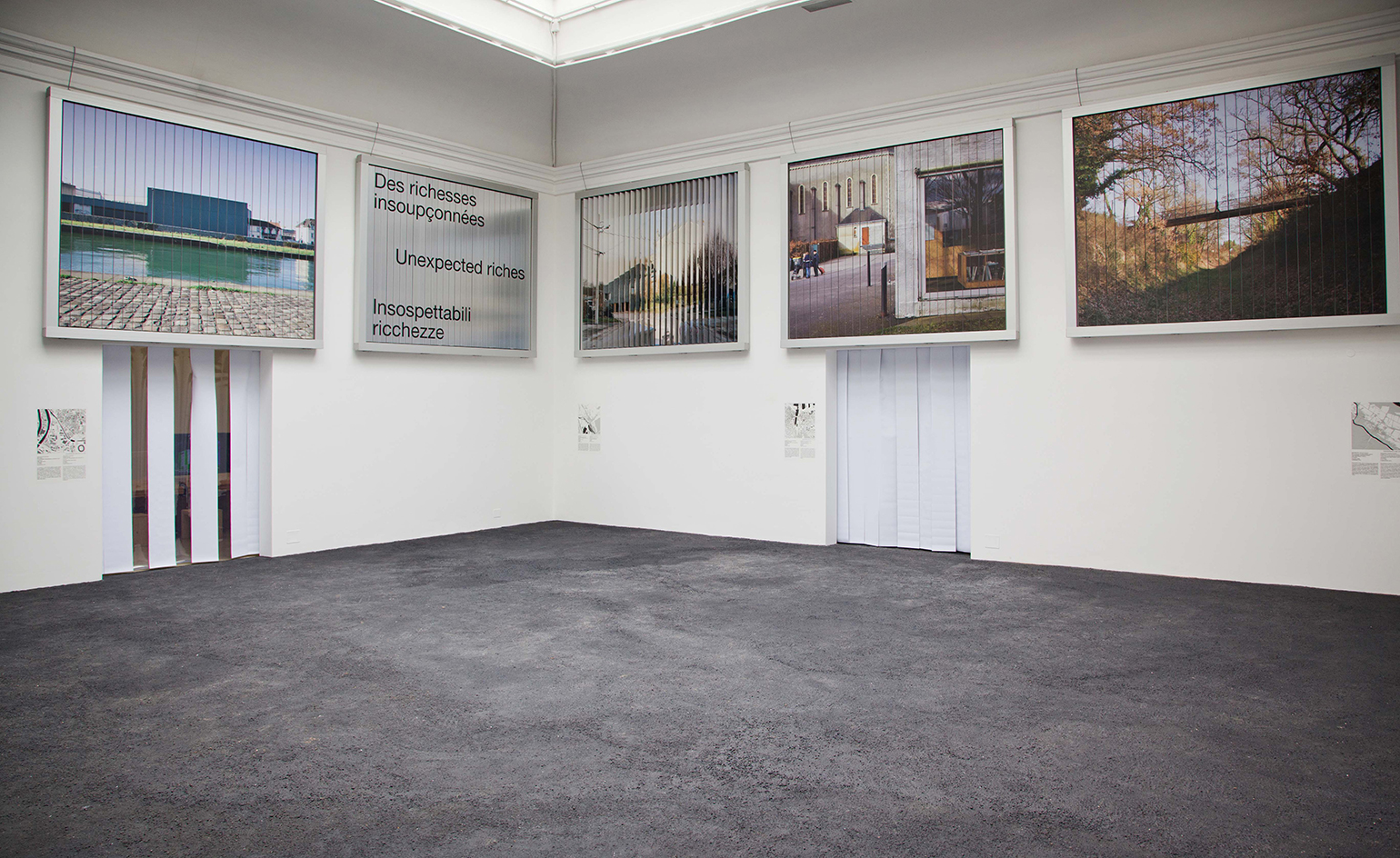
The space was curated by OBRAS and Collectif AJAP14 in a show entitled 'The New Riches', referring to hidden potential
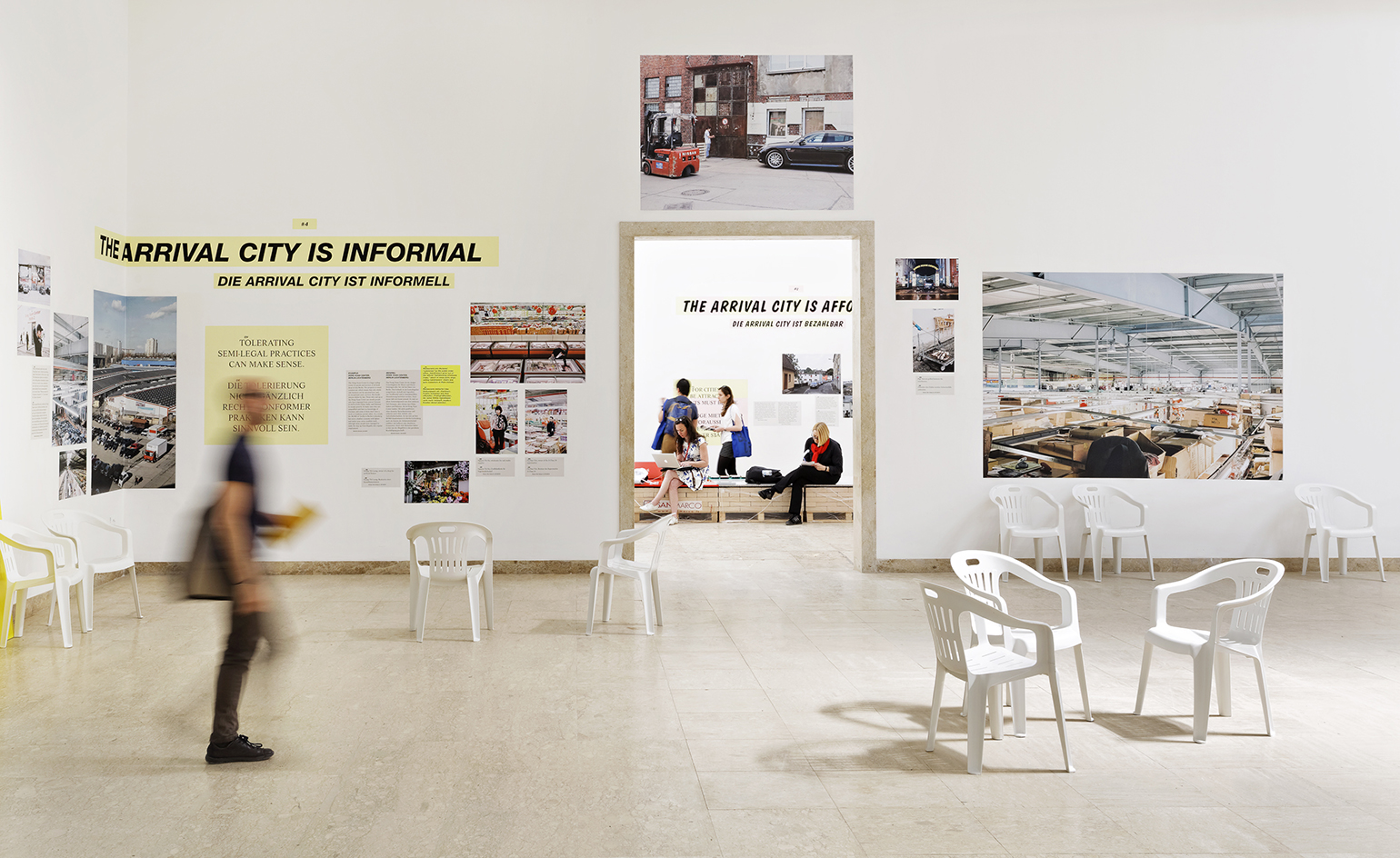
The Germans tackled head-on one of the past year's key issues – immigration – with their pavilion, dubbed 'Making Heimat'

Looking at the potential and challenges of Germany as an arrival country for immigrants, the pavilion's windows were left open throughout in a symbolic move
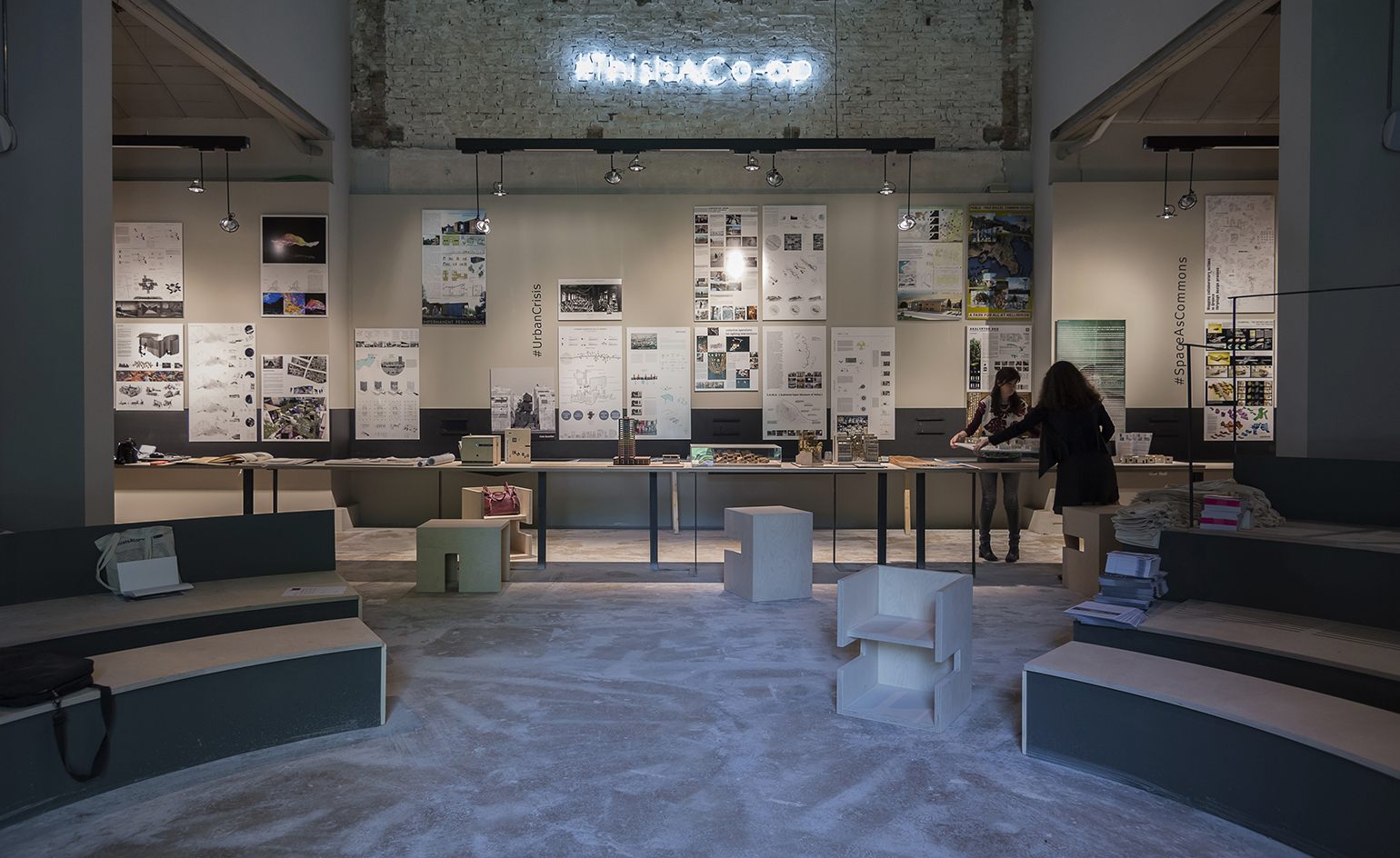
The Greek Pavilion – called '#ThisisaCo-op' – delves into the challenges, from housing to urban issues, that face the modern city.
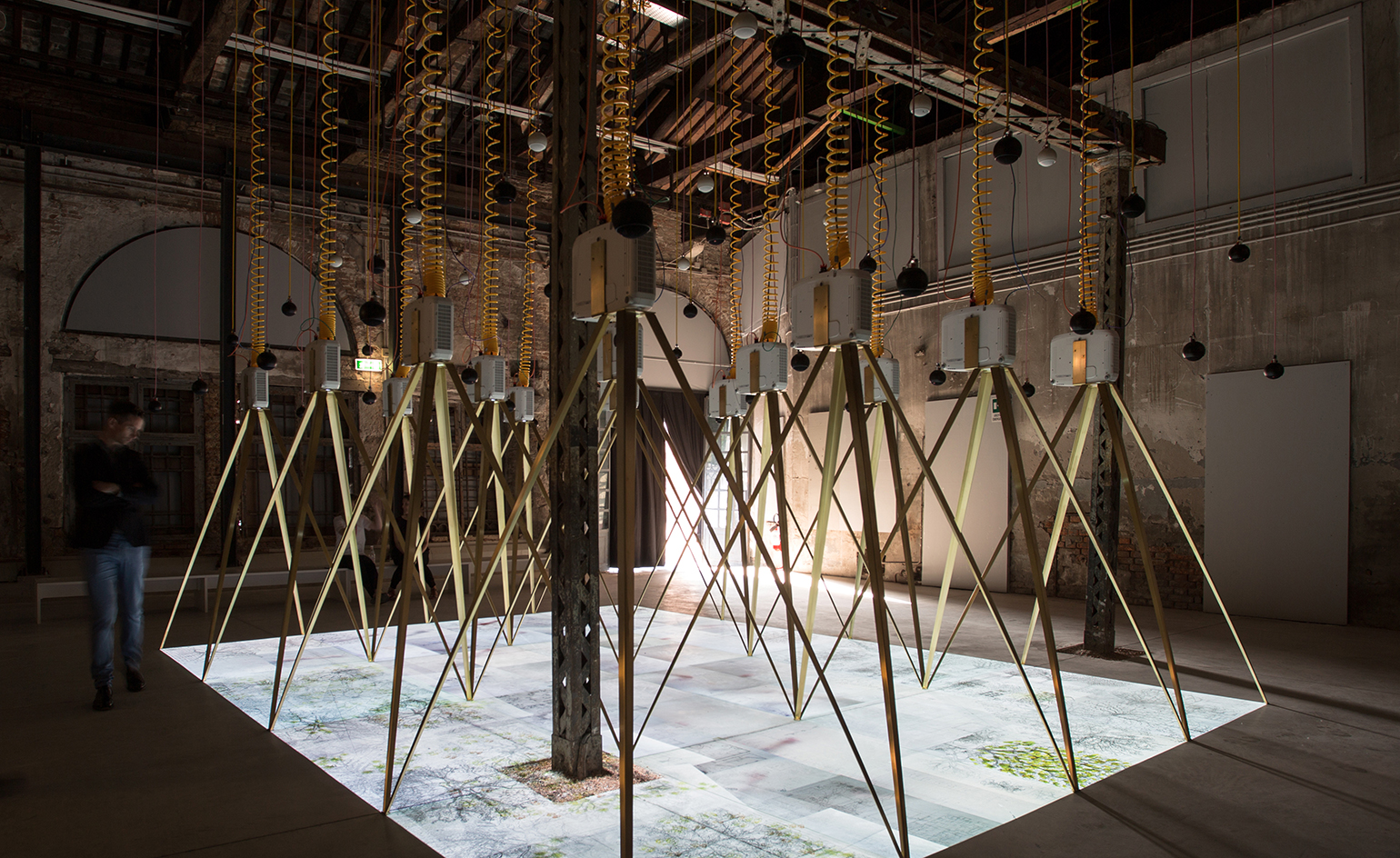
Curated by Niall McLaughlin and Yeoryia Manolopoulou, the Irish Pavilion, located in the Arsenale rooms, focuses on the effects of dementia.
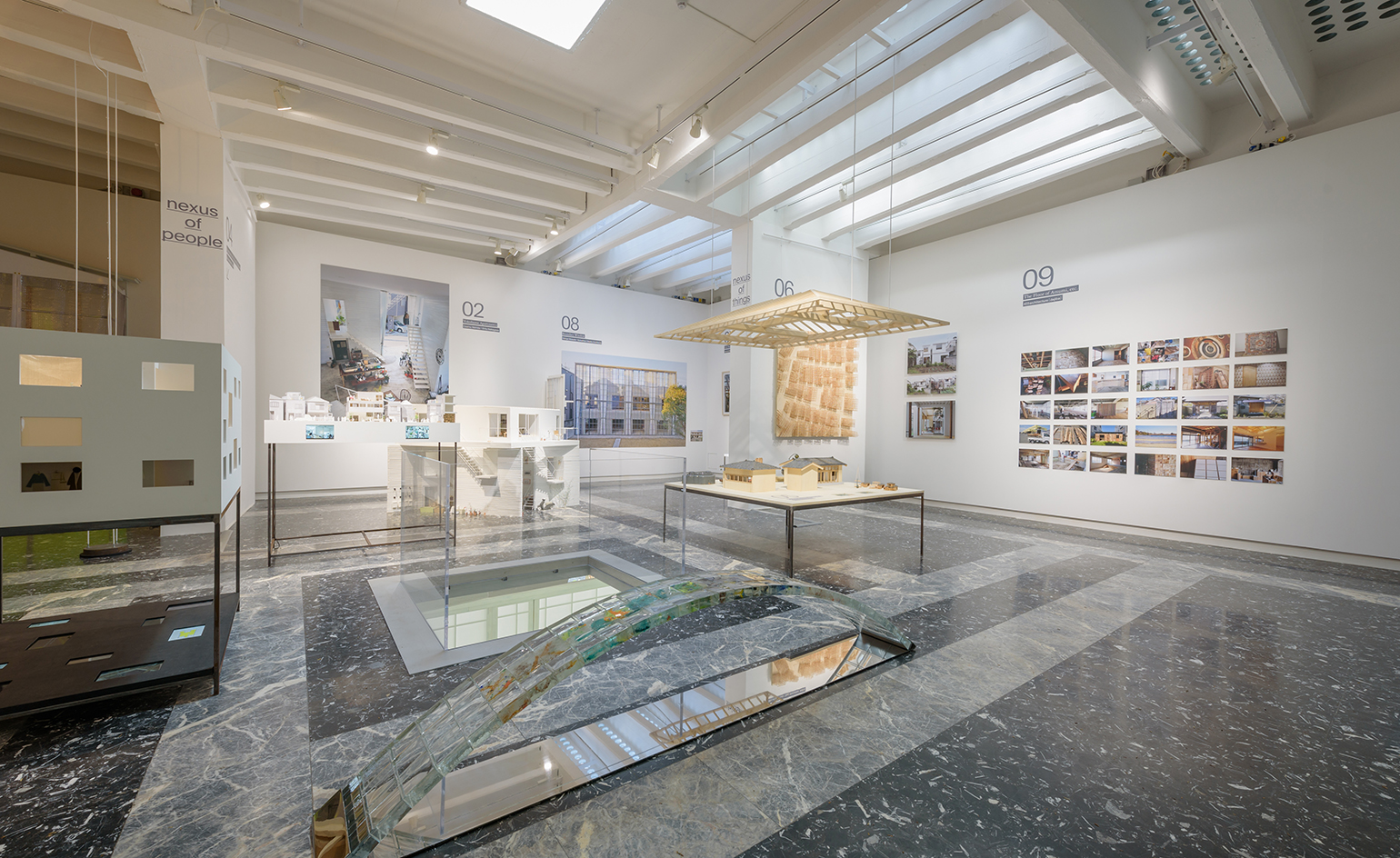
Japan may have high youth unemployment and social issues, but the country aims to turn things around with the help of its great architecture.
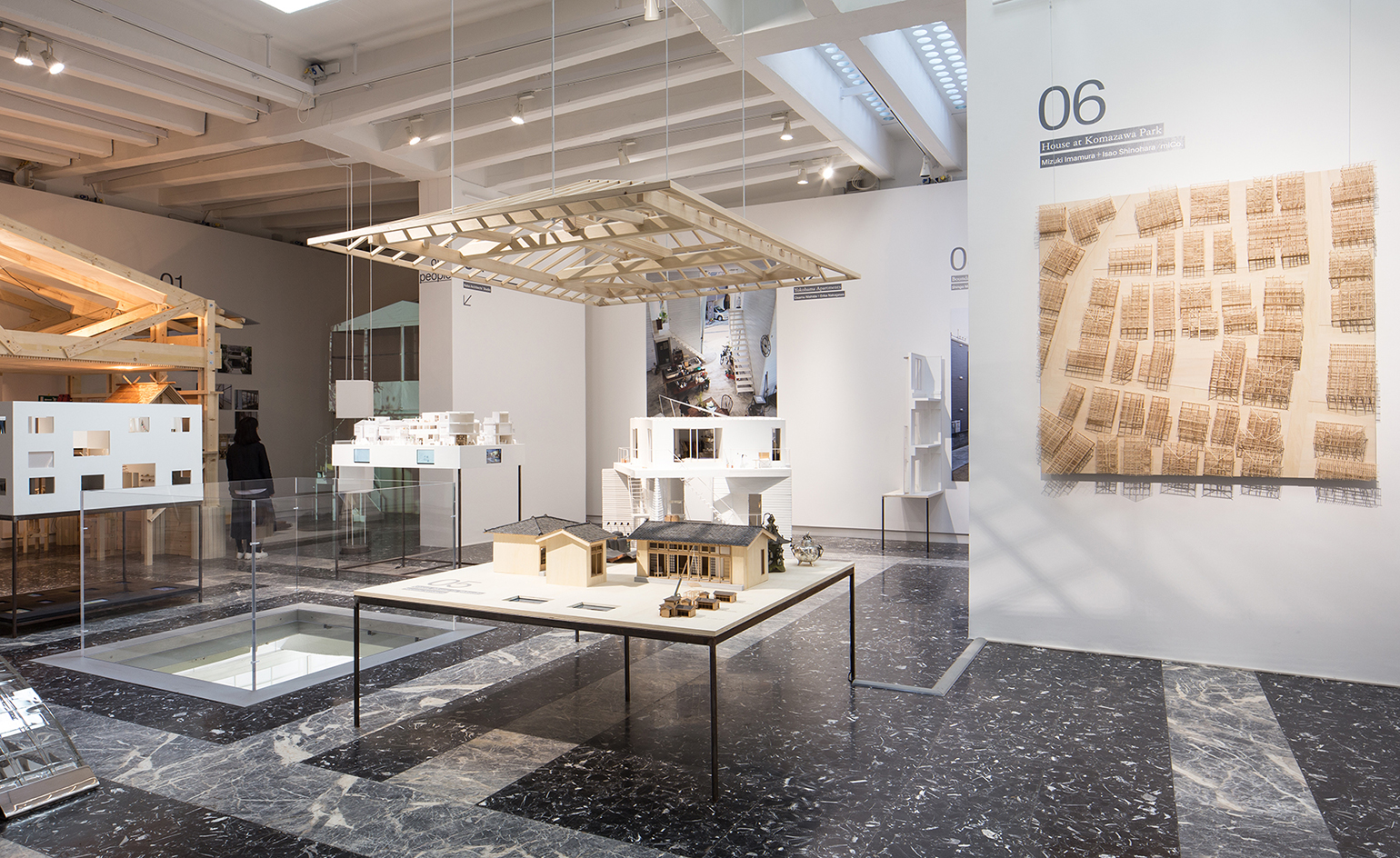
Through this lens, the Japanese Pavilion looks at projects that have the potential to instigate social change.
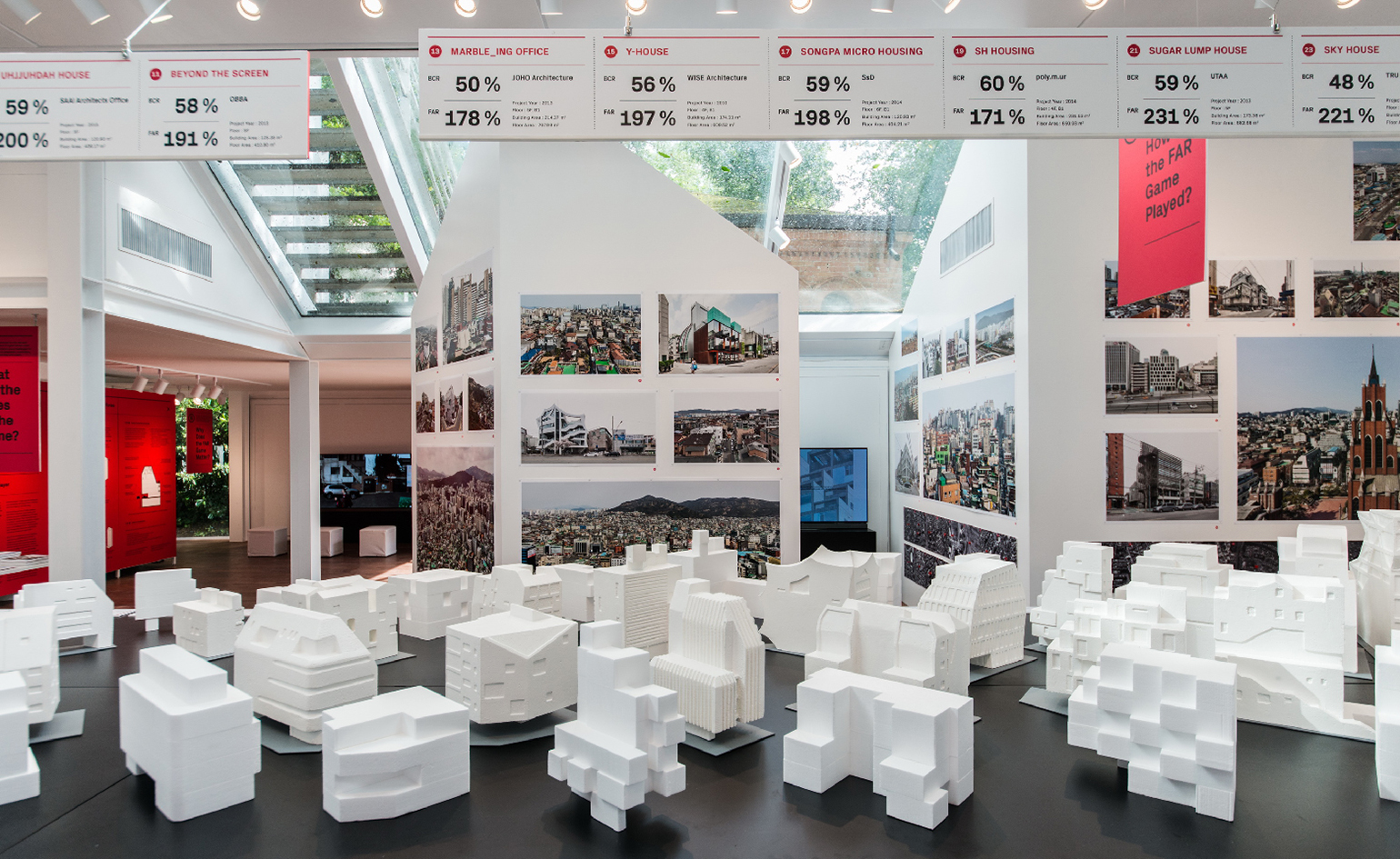
The Korean Pavilion also explores housing and the country's growing urban fabric
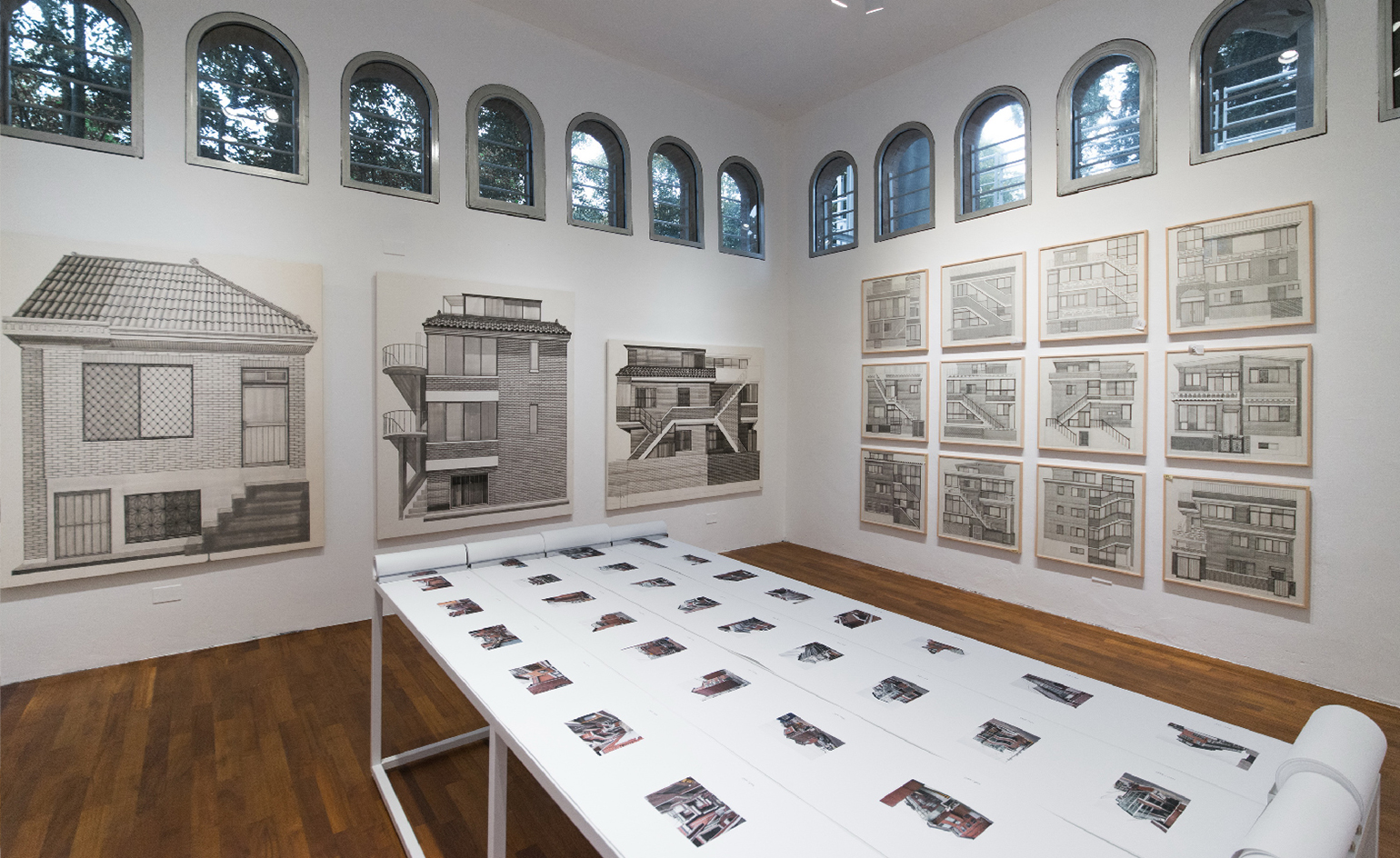
Examples showcase how Korean architects balance challenging issues, such as density, with inspiring architecture and strict building regulations
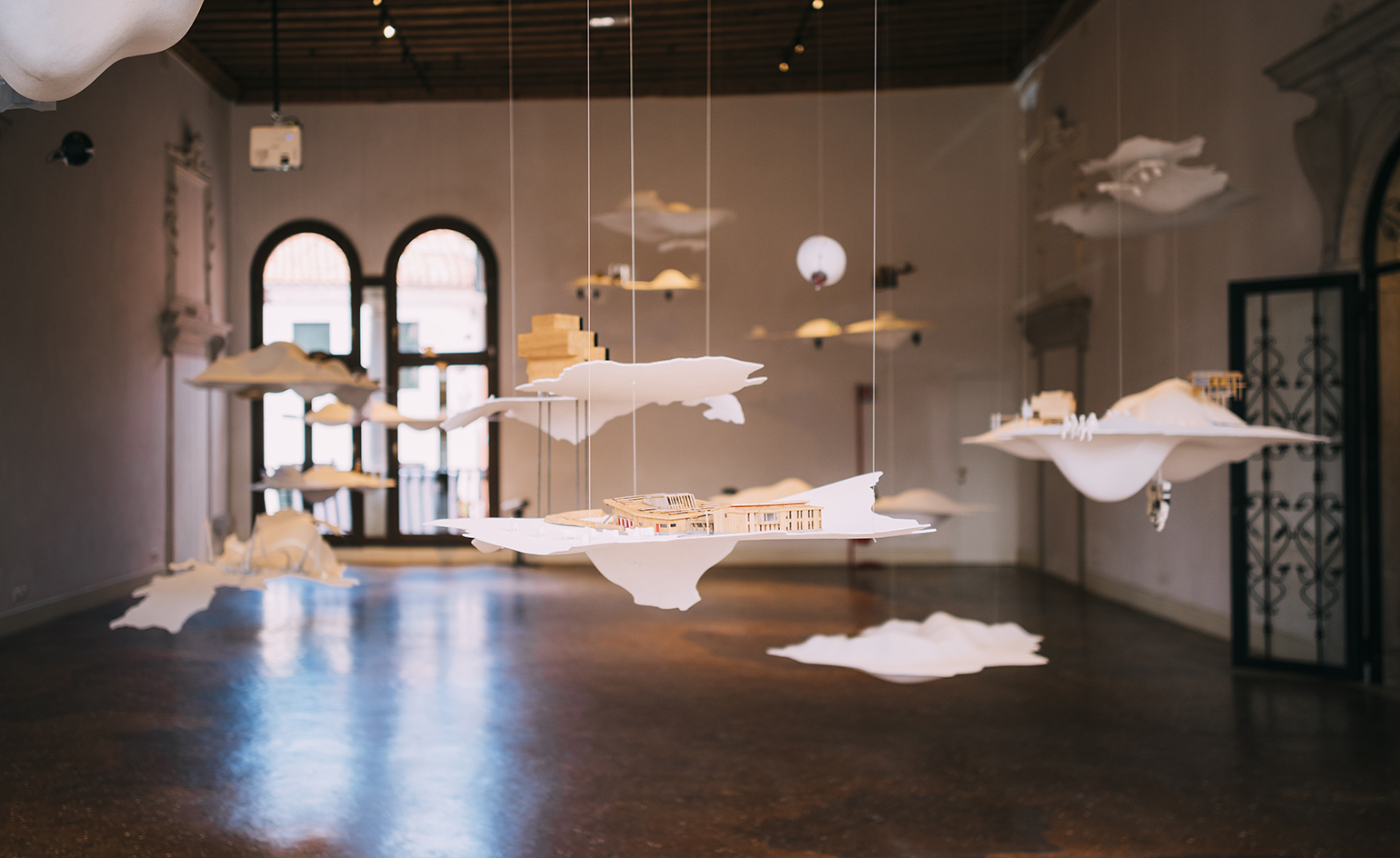
The New Zealand Pavilion, the country's second ever Venice participation, re-imagines the nation's architecture scene as a series of metaphorical islands
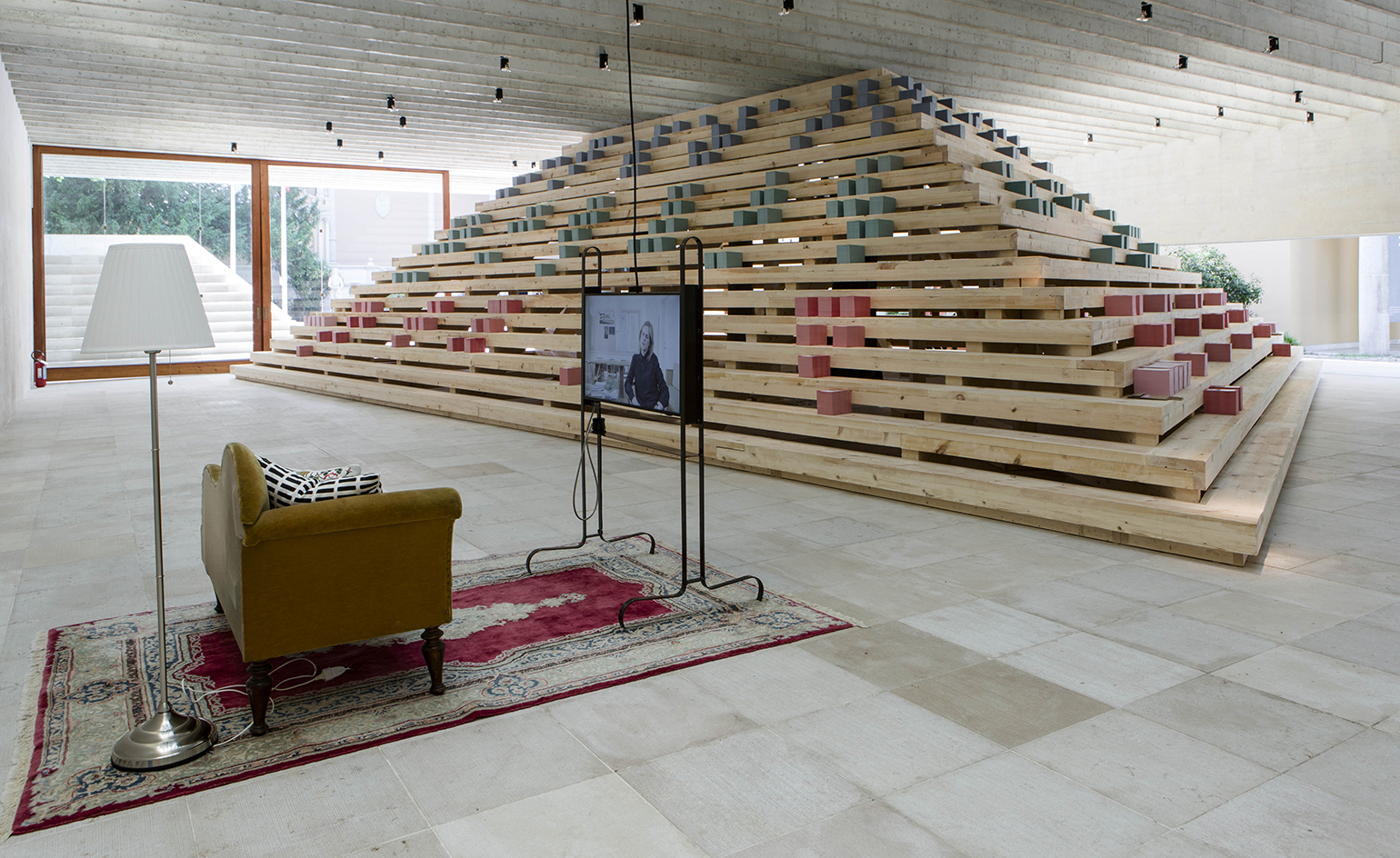
Simplicity ruled at the Nordic Countries Pavilion, where Norway, Finland and Sweden teamed up to launch a self-examination vehicle that looks back at the countries' achievements and discusses what comes next

Solo Galerie and Chilean architects Pezo von Ellrichshausen introduced a brand new pavilion at Venice's Giardini, called 'Vara'. The labyrinthine structure is a concrete exploration of space and routes
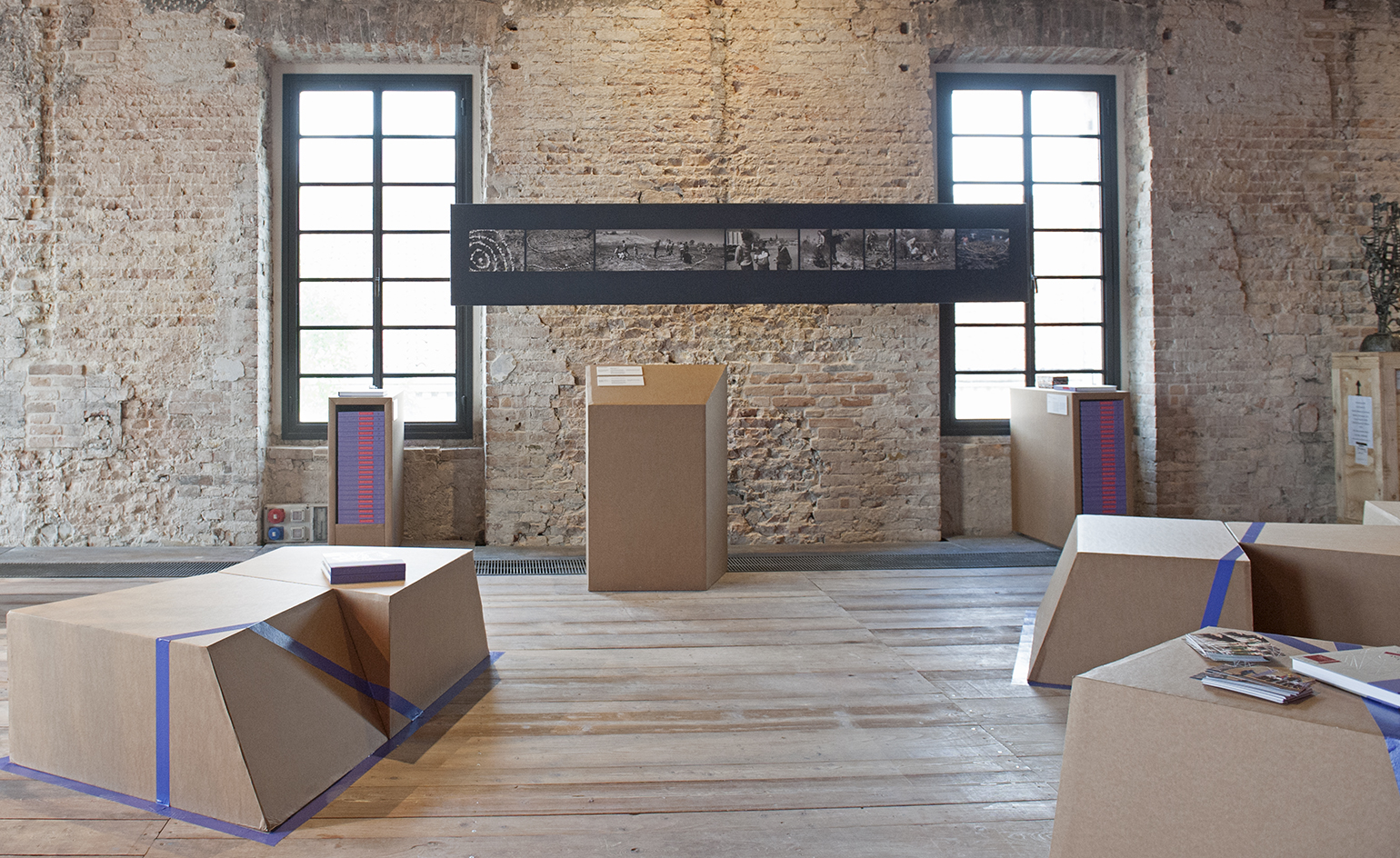
South Africa's participation looks at how active citizens are a country's best asset

Winners of the 2016 Golden Lion for Best Pavilion, the Spanish investigate their country's economic and construction crisis through a thought provoking and elegant installation.
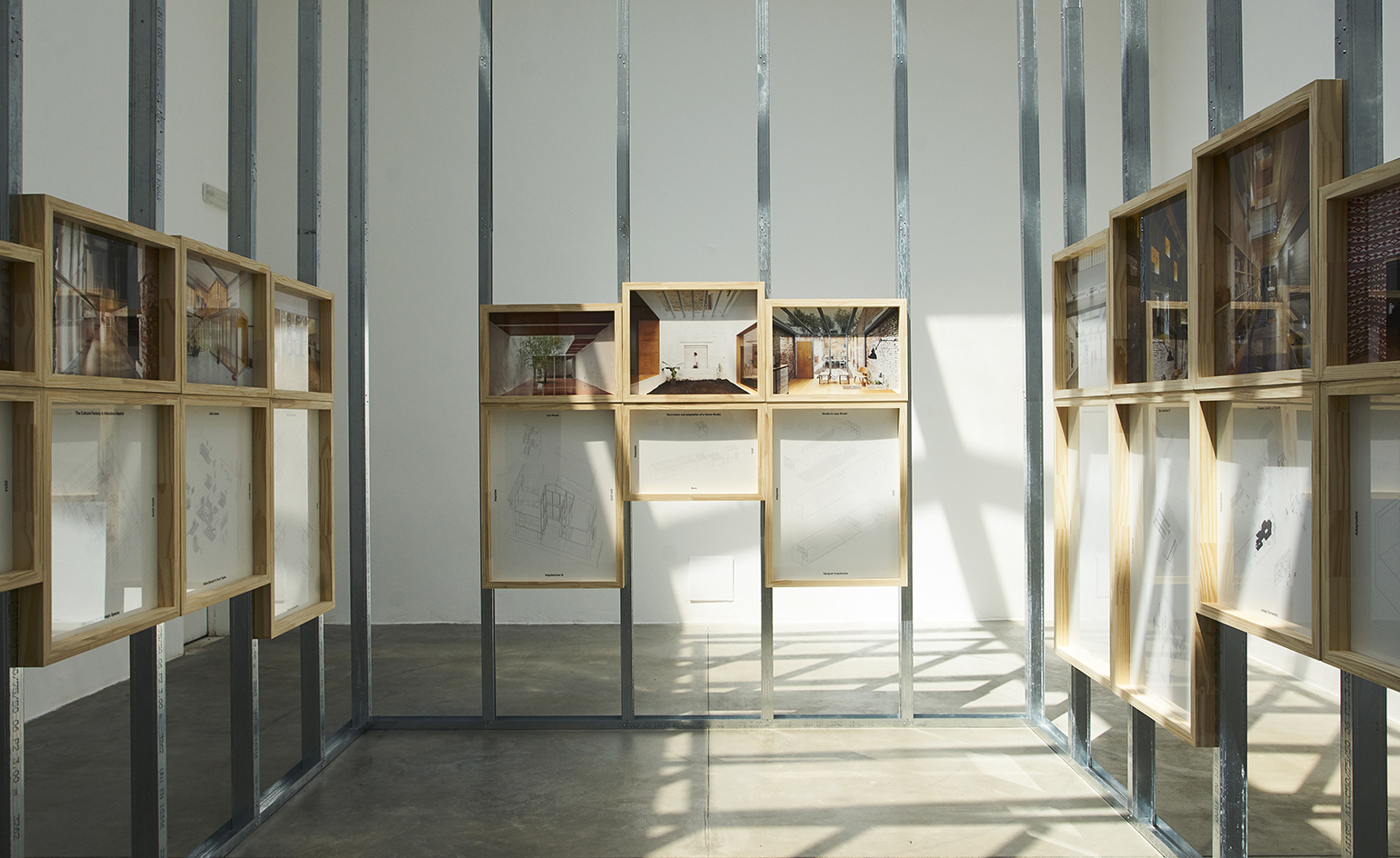
Photography meets great design in this display curated by the architects Iñaqui Carnicero and Carlos Quintáns
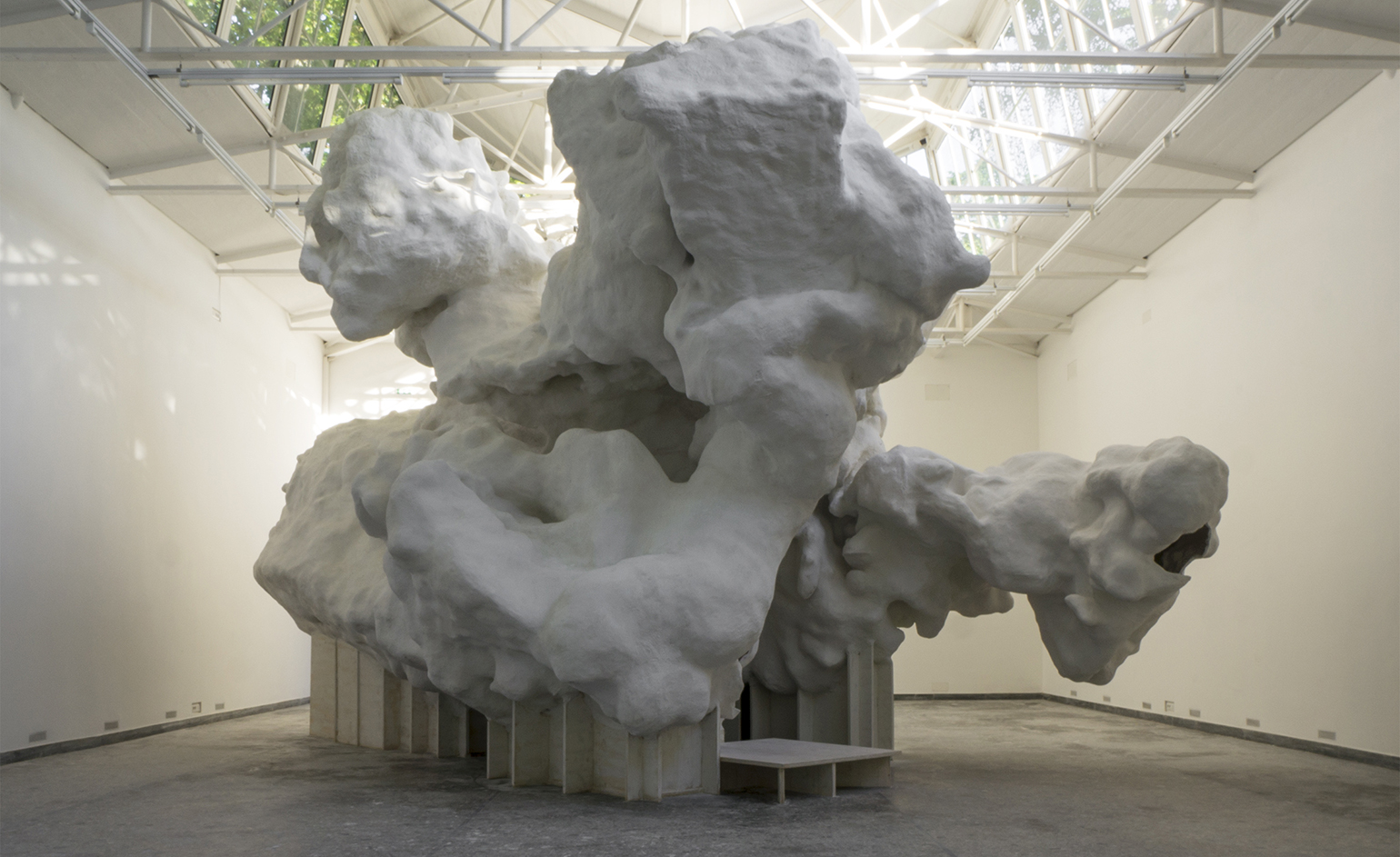
Christian Kerez's large, grey, inhabitable cloud dominates the Swiss Pavilion this year
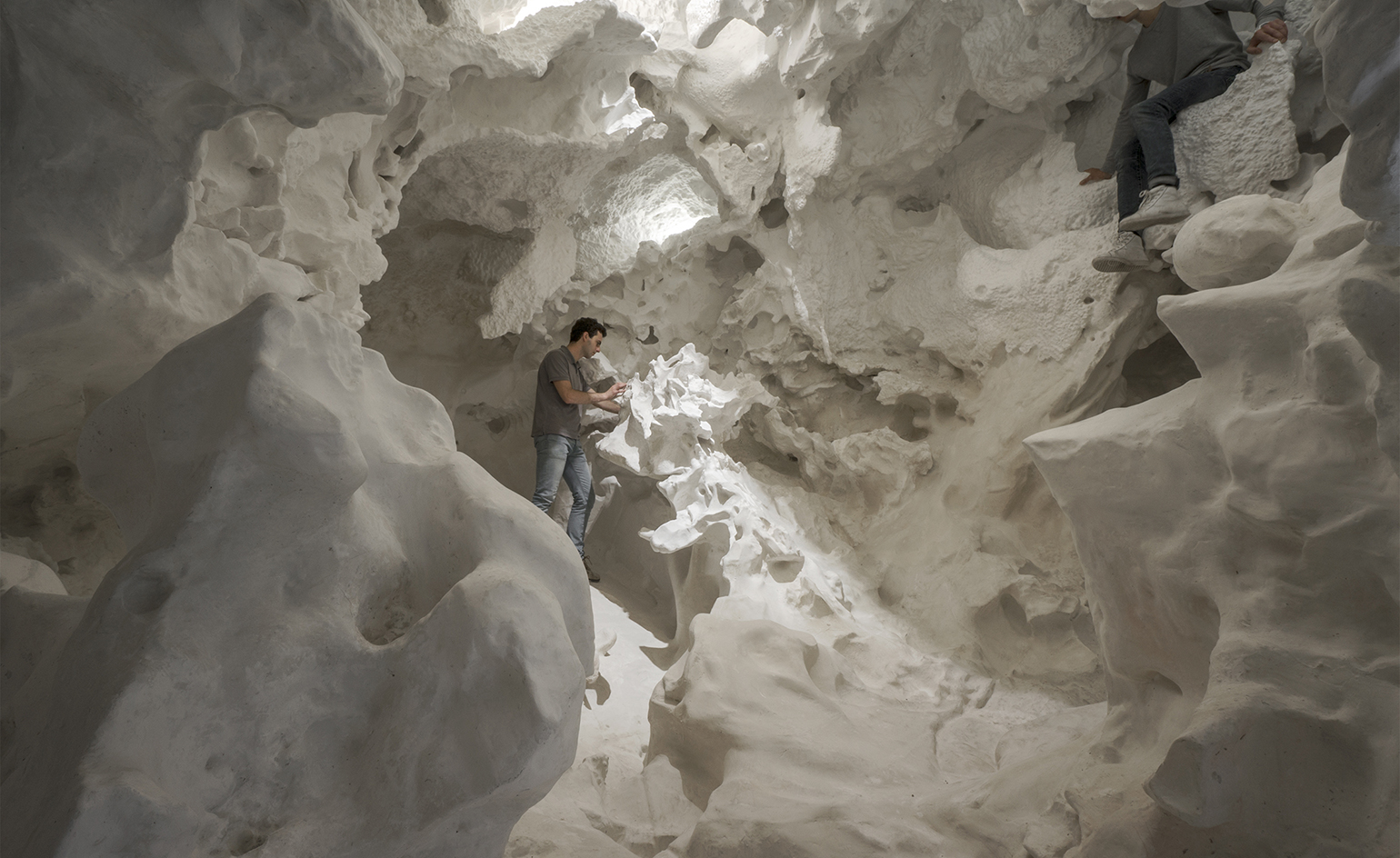
Visitors can climb into the dreamy space, which makes a point about experiencing architecture
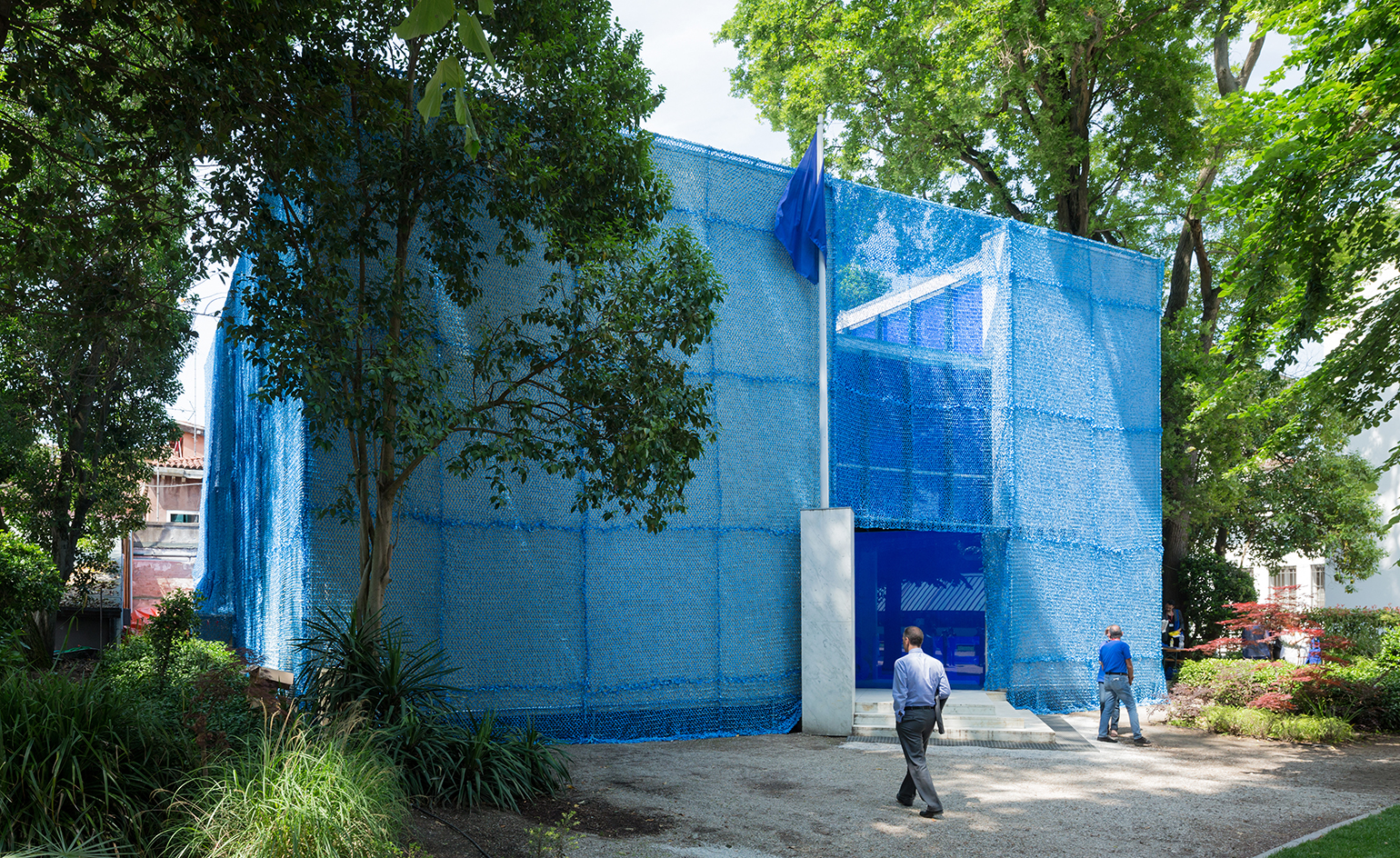
The Dutch Pavilion's new blue 'suit' hints at what's going on inside.
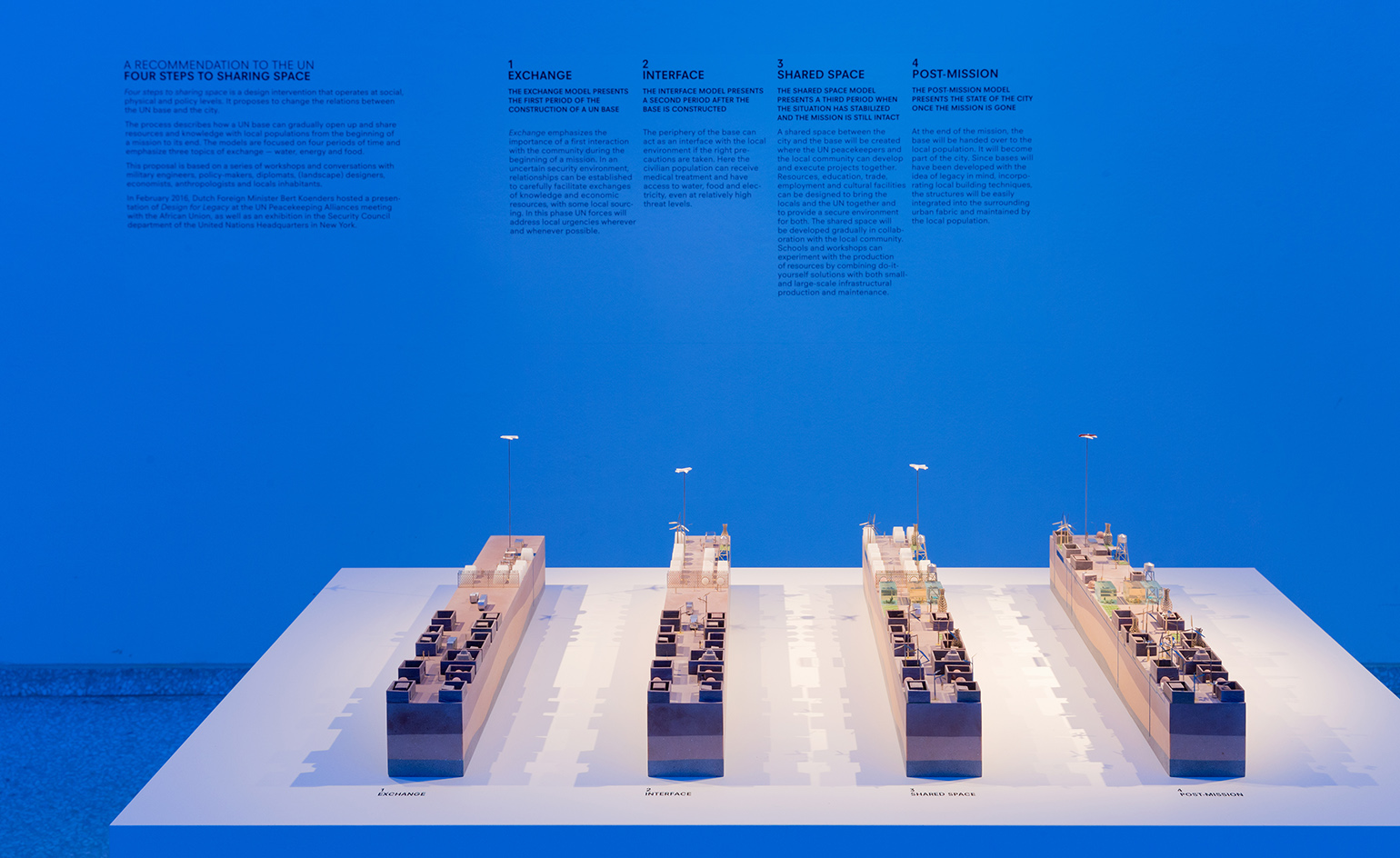
The Netherlands' theme this year revolves around the architecture of peacekeeping missions.
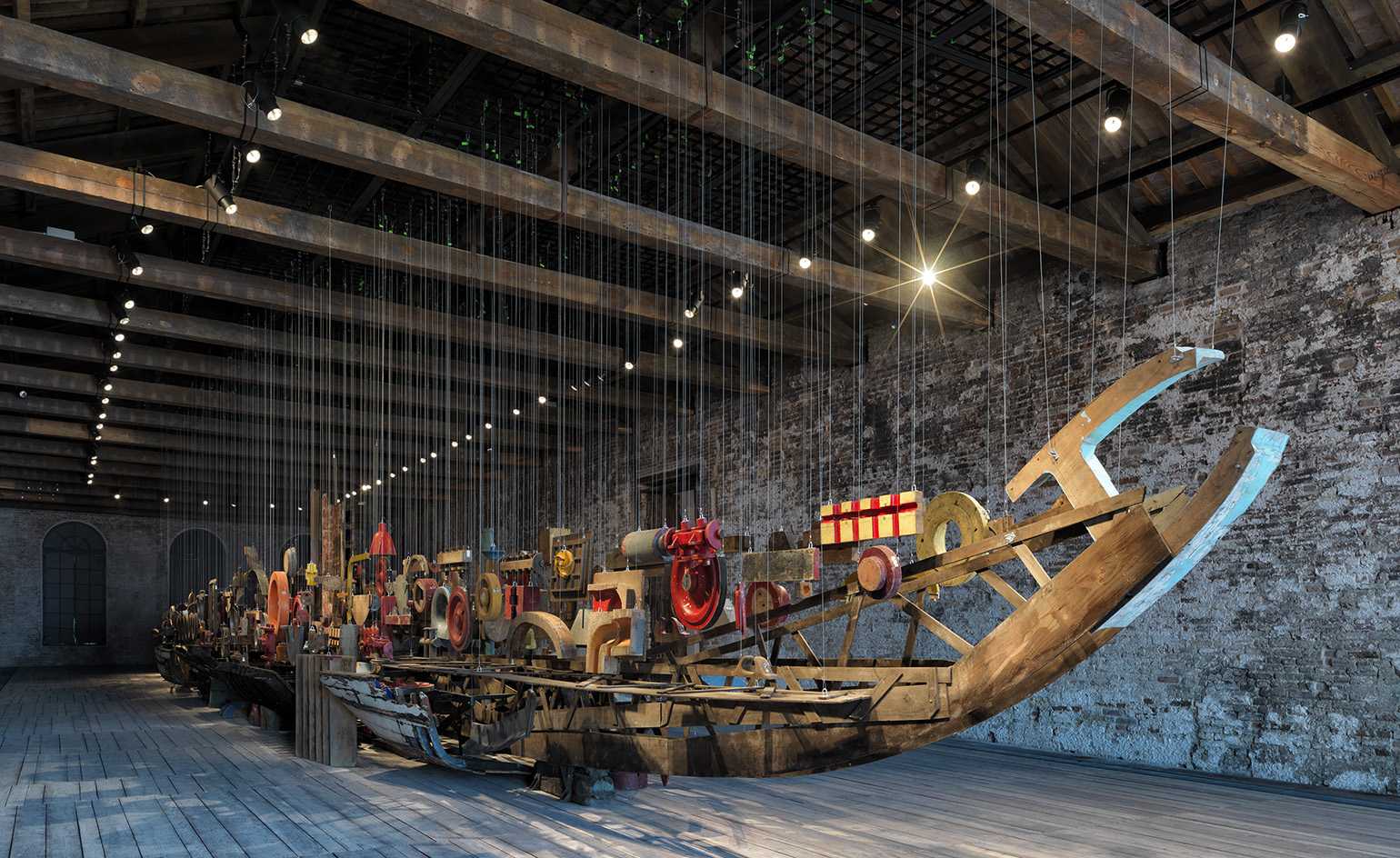
The Turkish Pavilion, in Arsenale's Sale d'Armi, takes its cue from port cities and docklands, and hangs a deconstructed boat from the ceiling
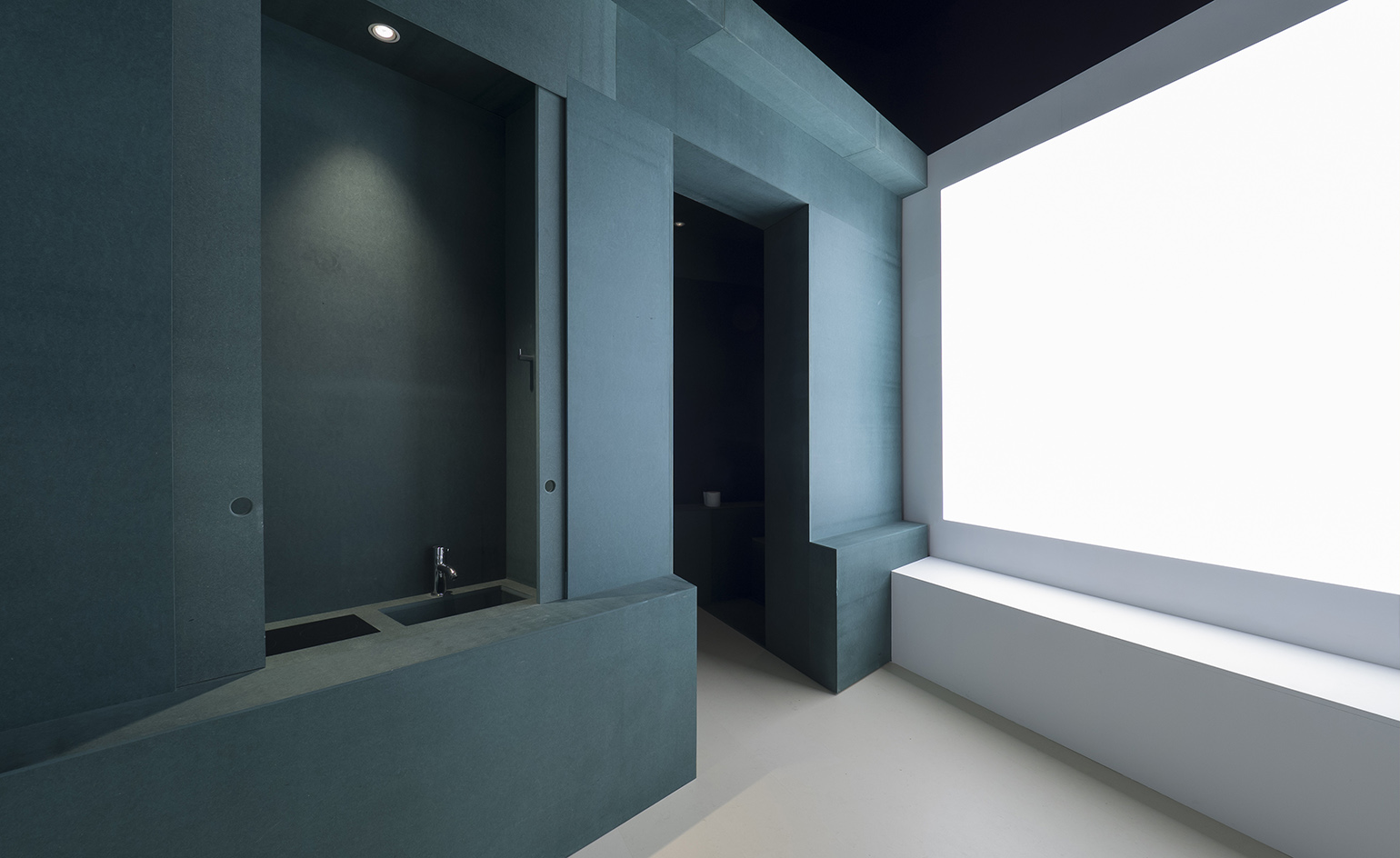
Meanwhile, the British Pavilion's explorations into the housing crisis and the way we live is broken down into five sections – hours, days, months, years and decades.

The 'Hours' element was curated by Jack Self, Shumi Bose and Finn Williams – also the pavilion's overall curatorial team.

The 'Years' room involves an installation by architect Julia King.
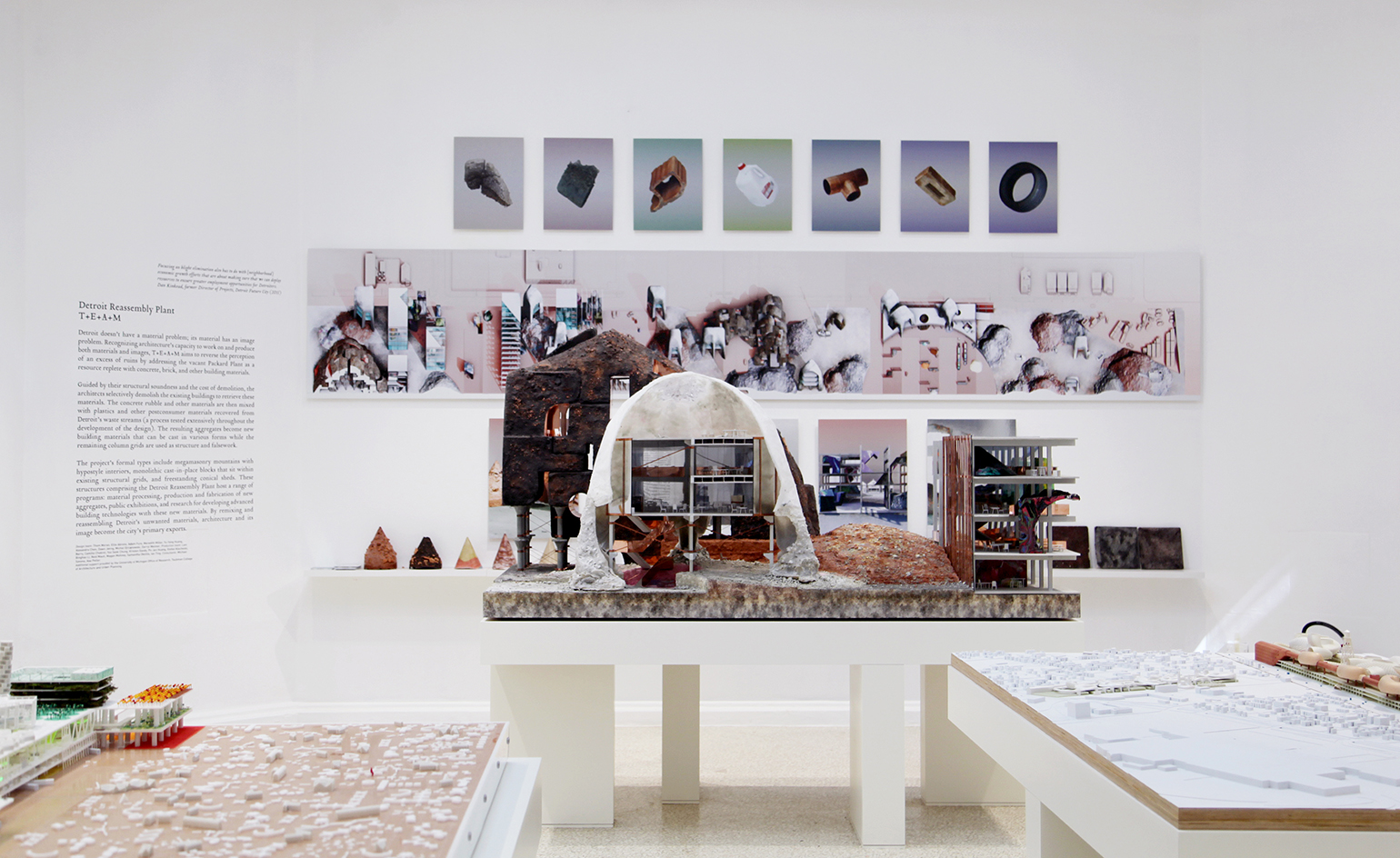
The US Pavilion looks at Detroit and a series of theoretical proposals to transform the city.
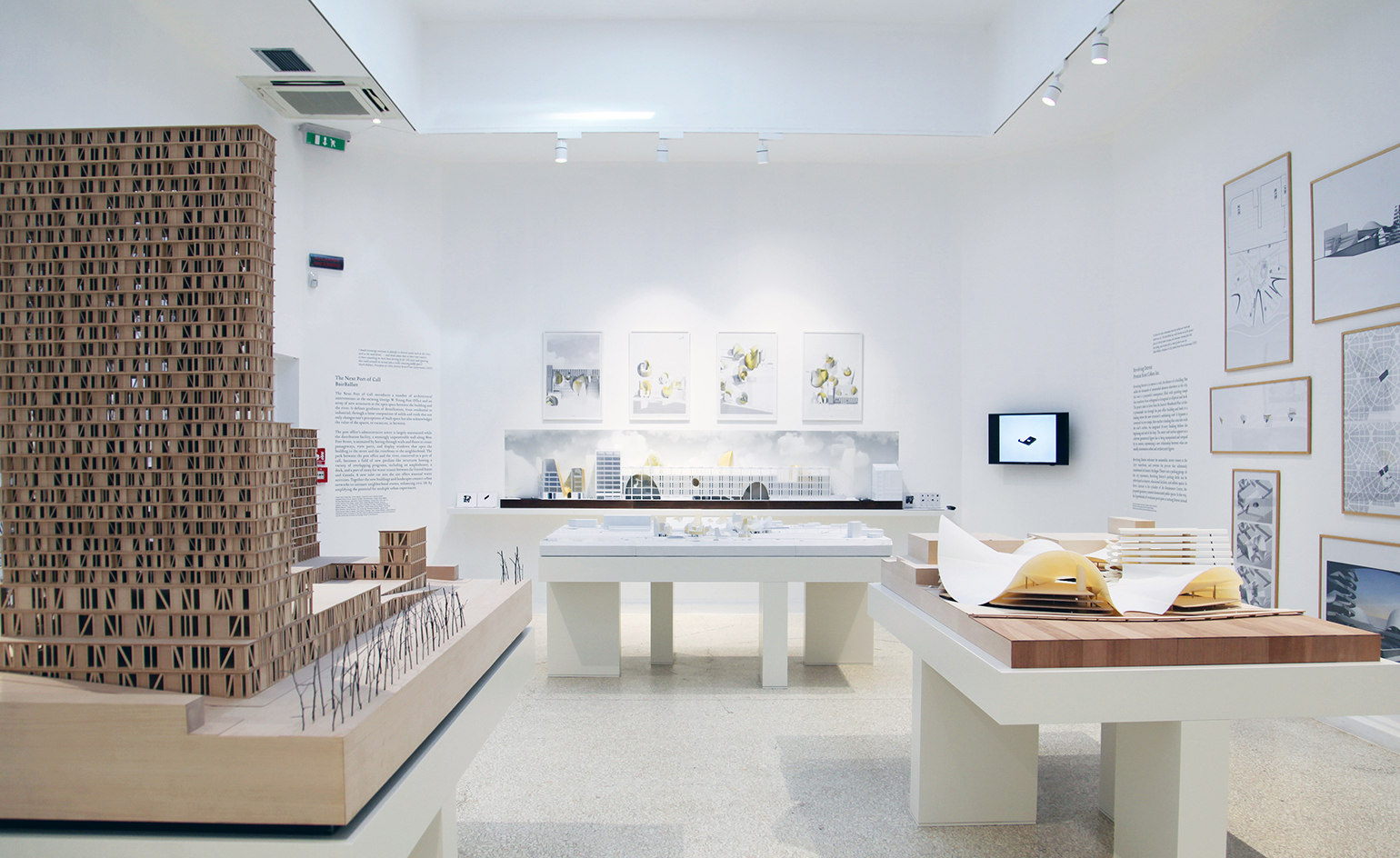
Participating practices include MOS, Preston Scott Cohen and A(n) Office
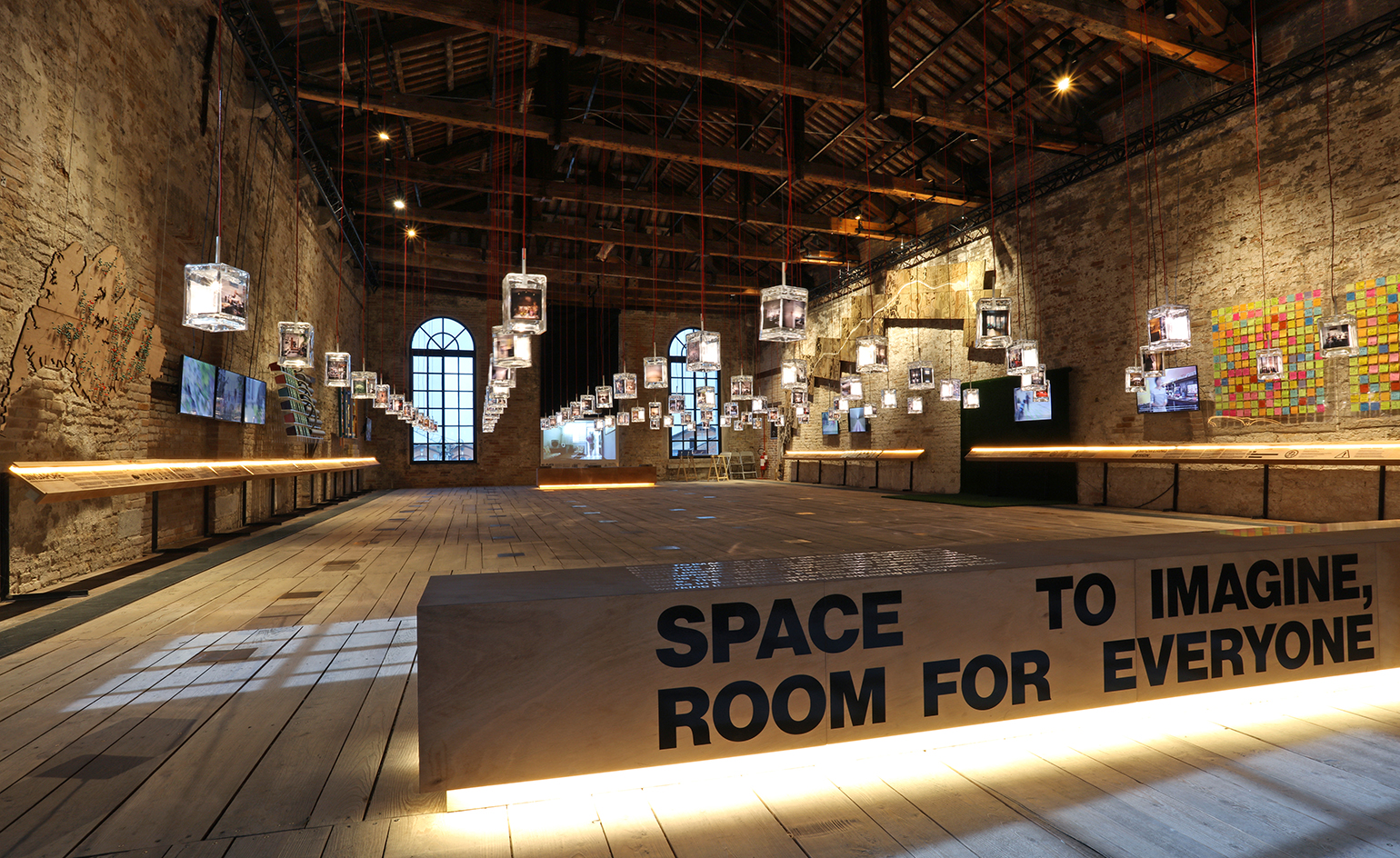
In response to Alejandro Aravena’s main exhibition theme, Singapore’s 5th participation to the Biennale, titled 'Space to Imagine, Room for Everyone', highlights the country's smaller ‘battles’ and new cultural identities, developing between regions and communities.
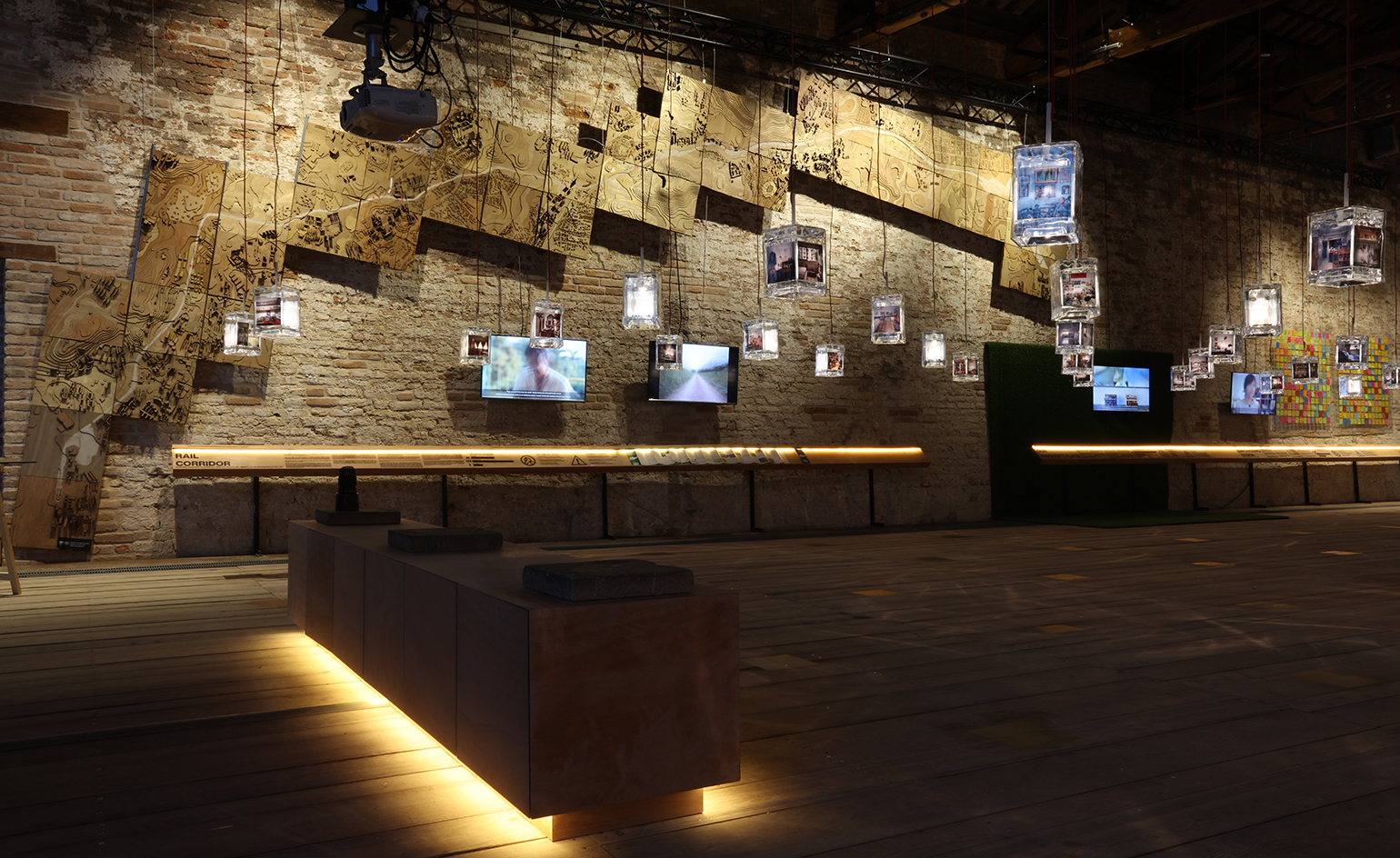
Accompanied by artifacts and footage, the exhibition's 81 unique lanterns contain photographs, offering a peek into the homes of Singaporeans living in public housing.
INFORMATION
The Venice Architecture Biennale runs until 27 November. For more information visit the Biennale’s website
Wallpaper* Newsletter
Receive our daily digest of inspiration, escapism and design stories from around the world direct to your inbox.
Ellie Stathaki is the Architecture & Environment Director at Wallpaper*. She trained as an architect at the Aristotle University of Thessaloniki in Greece and studied architectural history at the Bartlett in London. Now an established journalist, she has been a member of the Wallpaper* team since 2006, visiting buildings across the globe and interviewing leading architects such as Tadao Ando and Rem Koolhaas. Ellie has also taken part in judging panels, moderated events, curated shows and contributed in books, such as The Contemporary House (Thames & Hudson, 2018), Glenn Sestig Architecture Diary (2020) and House London (2022).
-
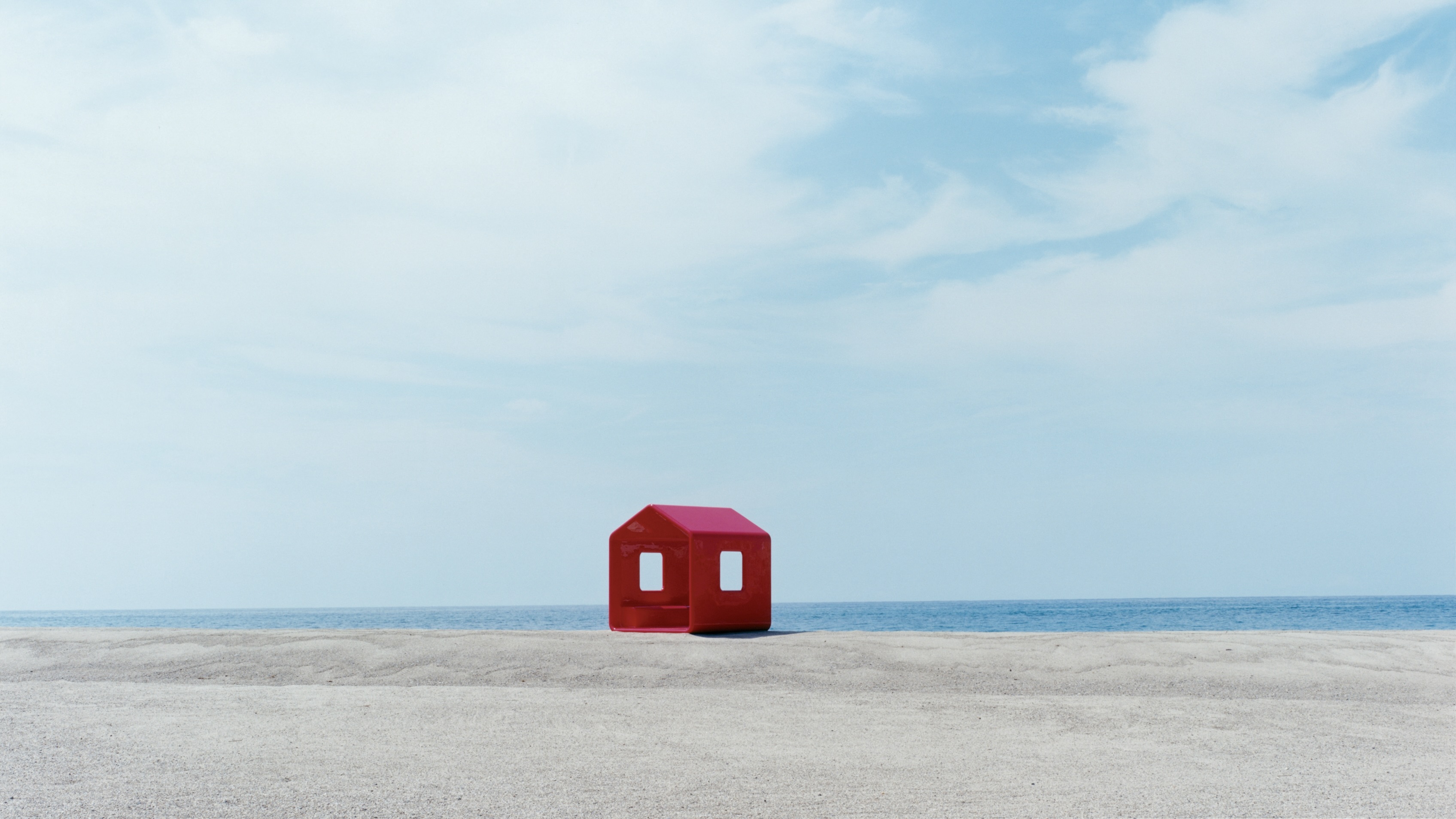 Naoto Fukasawa sparks children’s imaginations with play sculptures
Naoto Fukasawa sparks children’s imaginations with play sculpturesThe Japanese designer creates an intuitive series of bold play sculptures, designed to spark children’s desire to play without thinking
By Danielle Demetriou
-
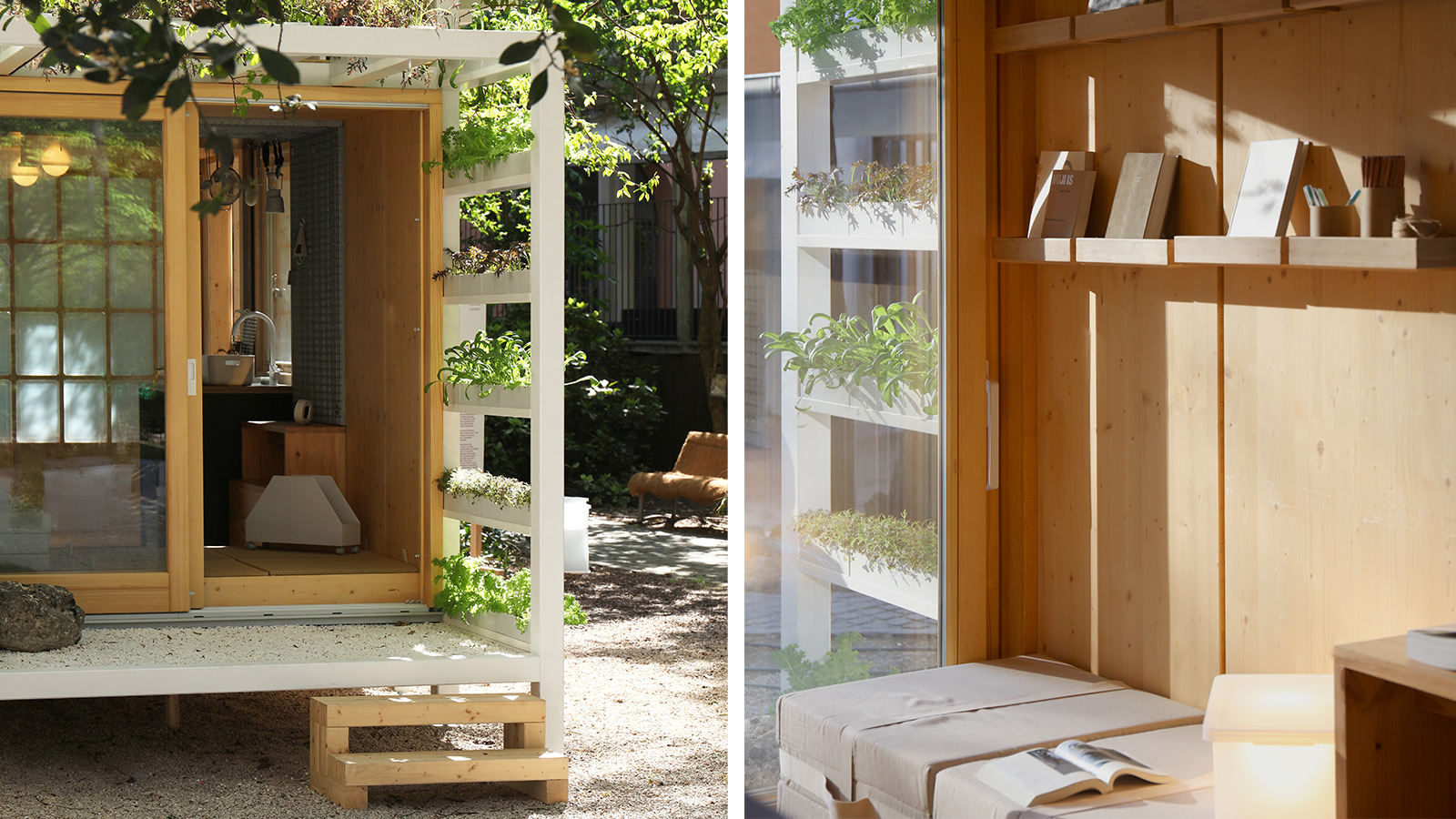 Japan in Milan! See the highlights of Japanese design at Milan Design Week 2025
Japan in Milan! See the highlights of Japanese design at Milan Design Week 2025At Milan Design Week 2025 Japanese craftsmanship was a front runner with an array of projects in the spotlight. Here are some of our highlights
By Danielle Demetriou
-
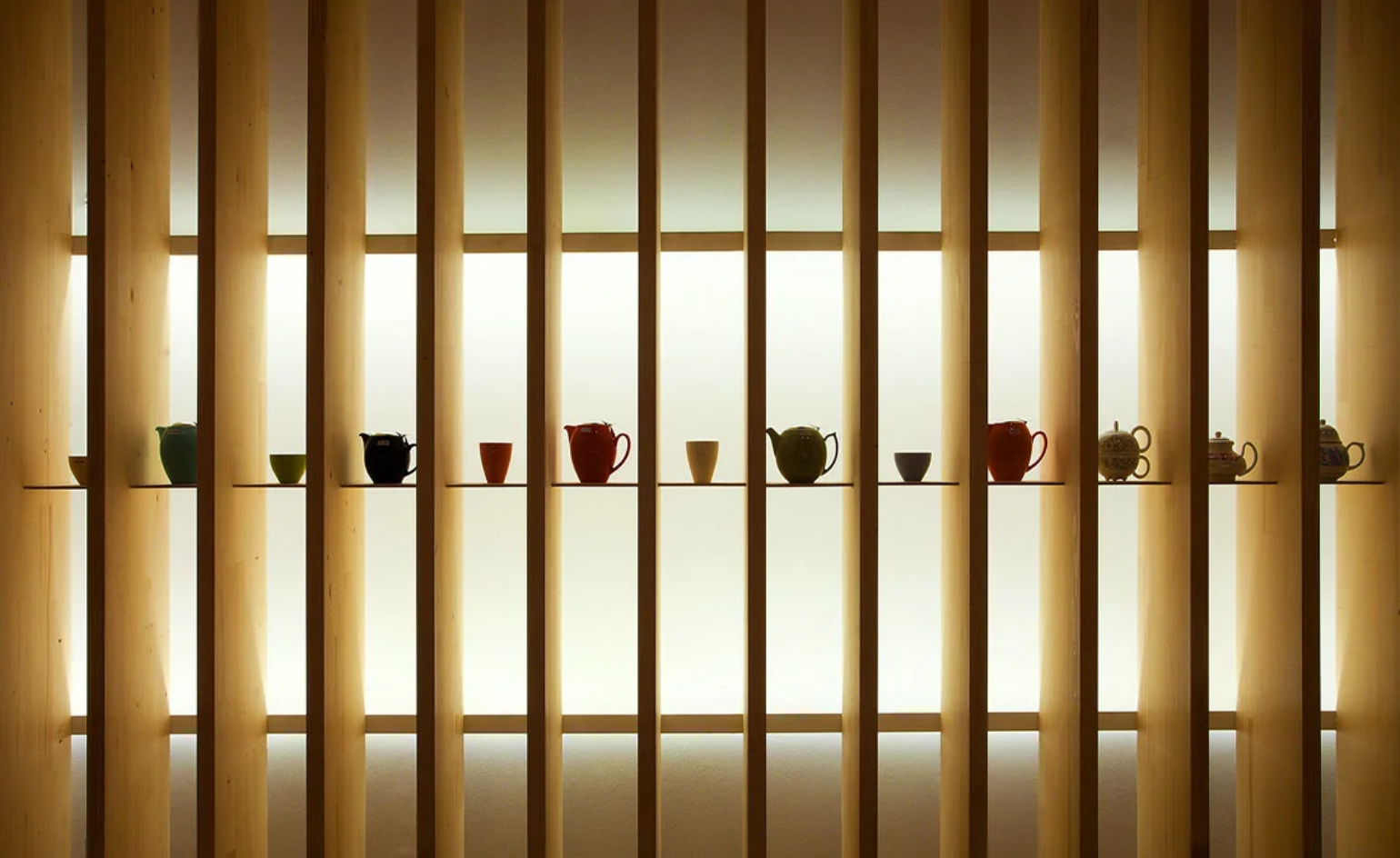 Tour the best contemporary tea houses around the world
Tour the best contemporary tea houses around the worldCelebrate the world’s most unique tea houses, from Melbourne to Stockholm, with a new book by Wallpaper’s Léa Teuscher
By Léa Teuscher
-
 2026 Olympic and Paralympic Torches: in Carlo Ratti's minimalism ‘the flame is the protagonist’
2026 Olympic and Paralympic Torches: in Carlo Ratti's minimalism ‘the flame is the protagonist’The 2026 Olympic and Paralympic Torches for the upcoming Milano Cortina Games have been revealed, designed by architect Carlo Ratti to highlight the Olympic flame
By Ellie Stathaki
-
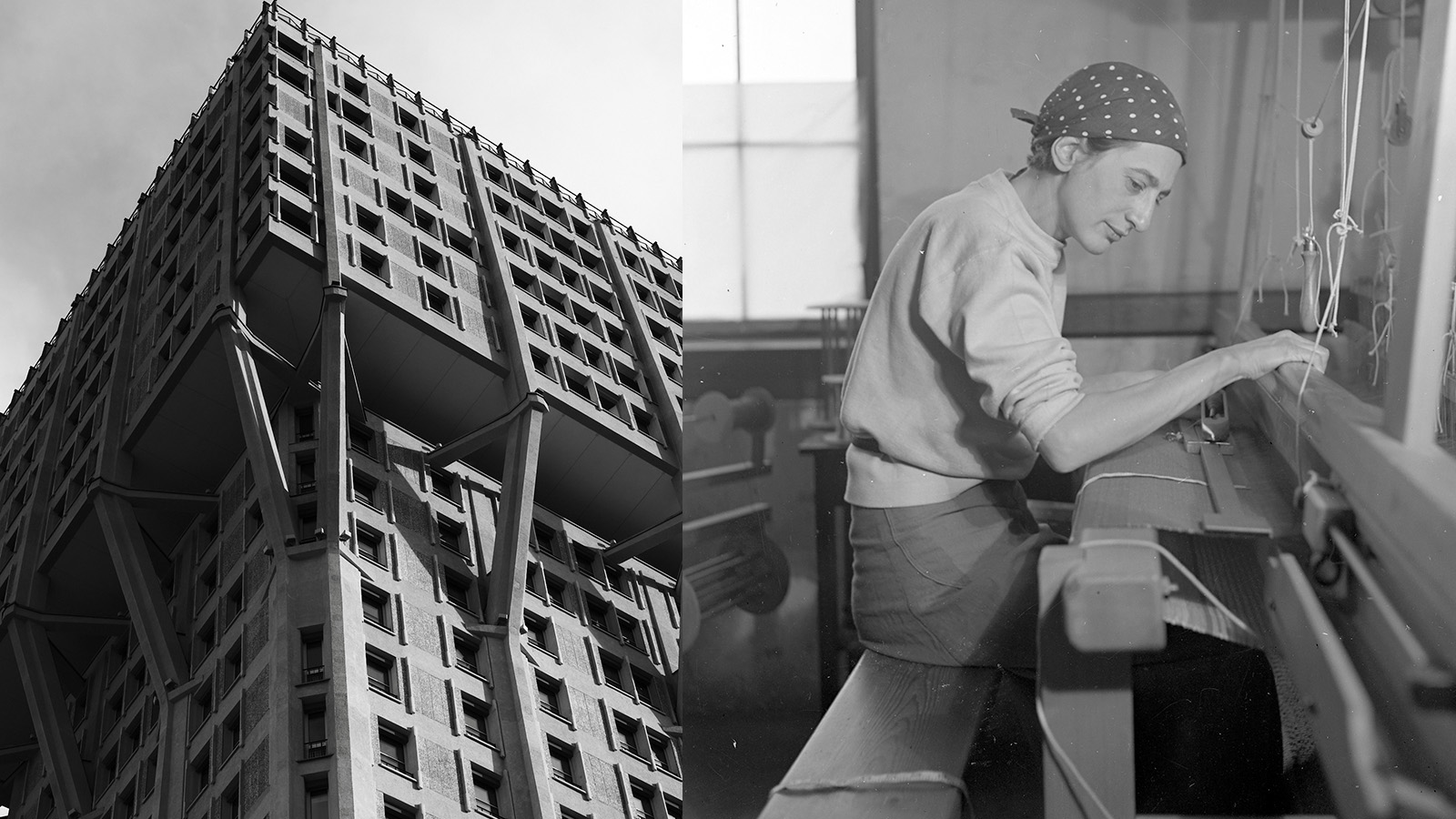 Anni Albers' weaving magic offers a delightful 2-in-1 modernist showcase in Milan
Anni Albers' weaving magic offers a delightful 2-in-1 modernist showcase in MilanA Milan Design Week showcase of Anni Albers’ weaving work, brought to life by Dedar with the Josef & Anni Albers Foundation, brings visitors to modernist icon, the BBPR-designed Torre Velasca
By Ellie Stathaki
-
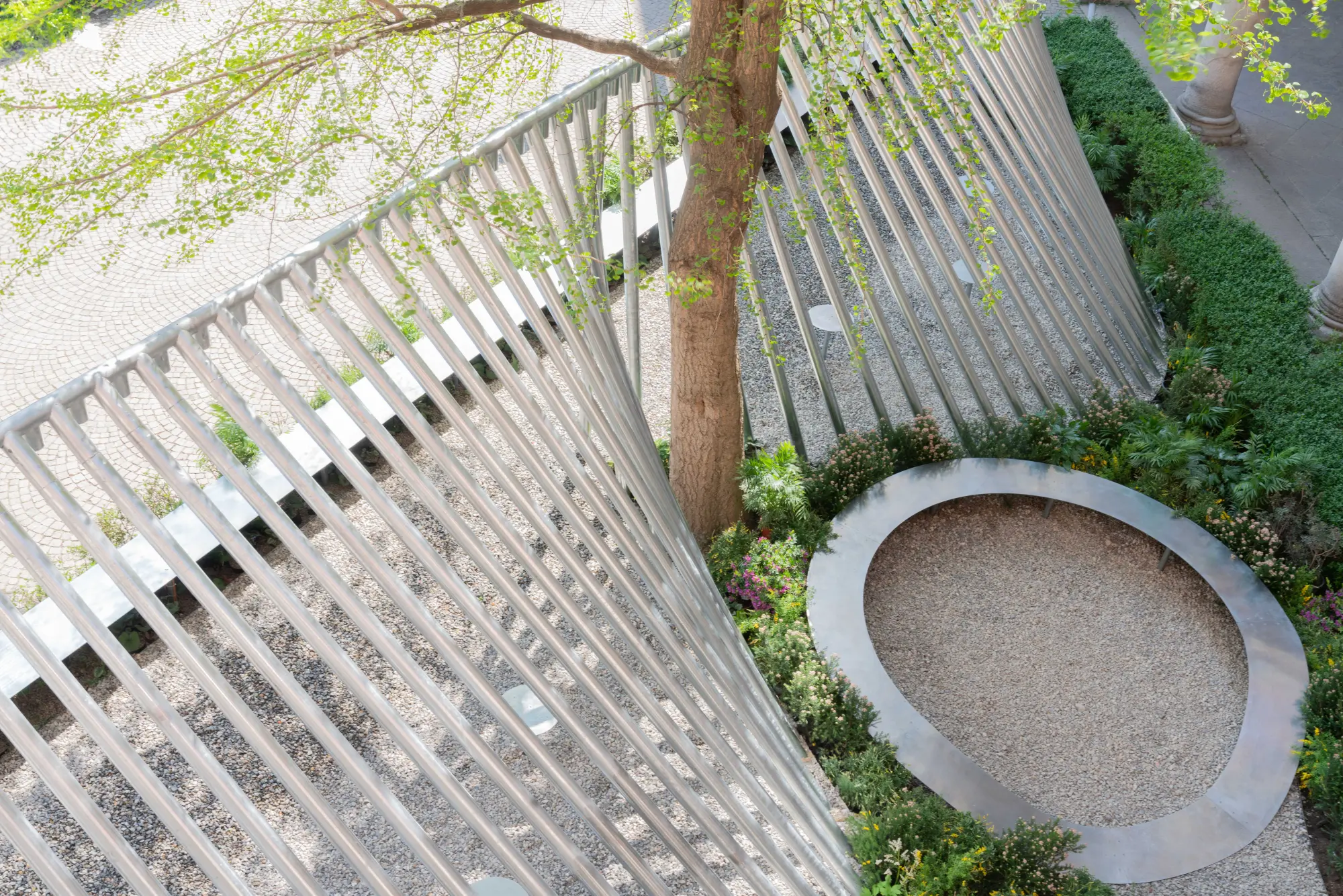 Milan Design Week: ‘A Beat of Water’ highlights the power of the precious natural resource
Milan Design Week: ‘A Beat of Water’ highlights the power of the precious natural resource‘A Beat of Water’ by BIG - Bjarke Ingels Group and Roca zooms in on water and its power – from natural element to valuable resource, touching on sustainability and consumption
By Ellie Stathaki
-
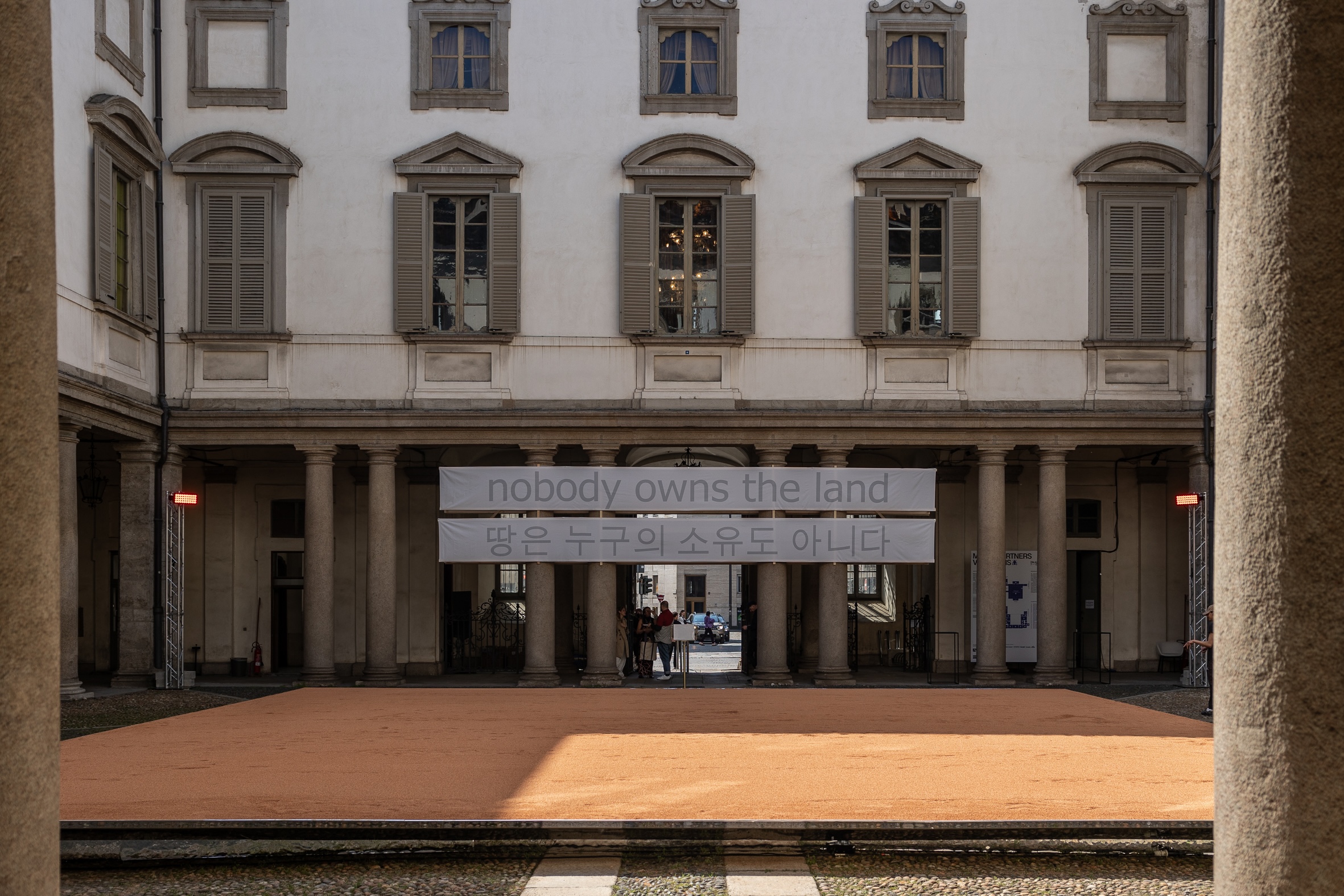 This Milan Design Week installation invites you to tread barefoot inside a palazzo
This Milan Design Week installation invites you to tread barefoot inside a palazzoAt Palazzo Litta, Moscapartners and Byoung Cho launch a contemplative installation on the theme of migration
By Ellie Stathaki
-
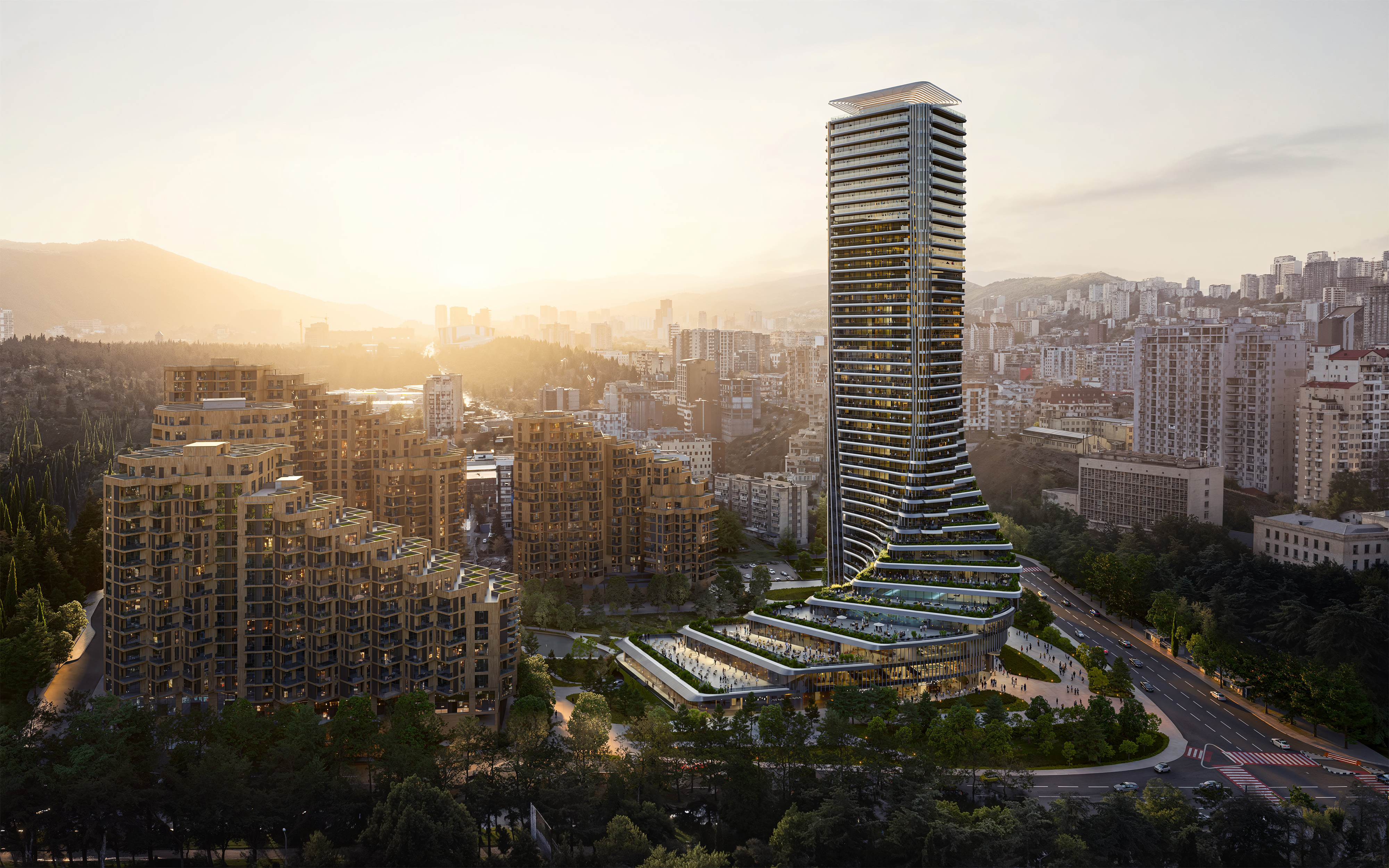 The upcoming Zaha Hadid Architects projects set to transform the horizon
The upcoming Zaha Hadid Architects projects set to transform the horizonA peek at Zaha Hadid Architects’ future projects, which will comprise some of the most innovative and intriguing structures in the world
By Anna Solomon
-
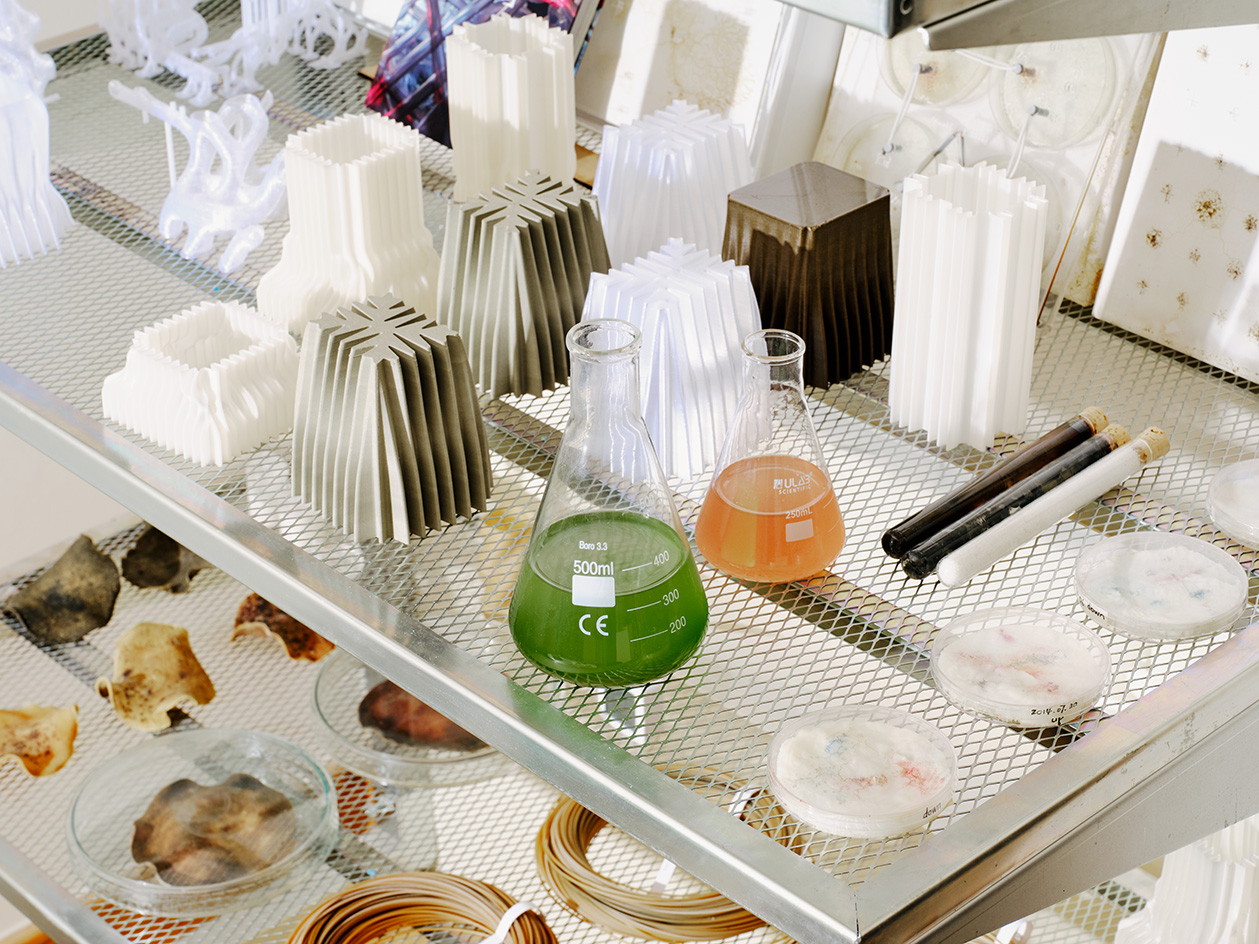 Is biodesign the future of architecture? EcoLogicStudio thinks so
Is biodesign the future of architecture? EcoLogicStudio thinks soWe talk all things biodesign with British-Italian architecture practice ecoLogicStudio, discussing how architecture can work with nature
By Shawn Adams
-
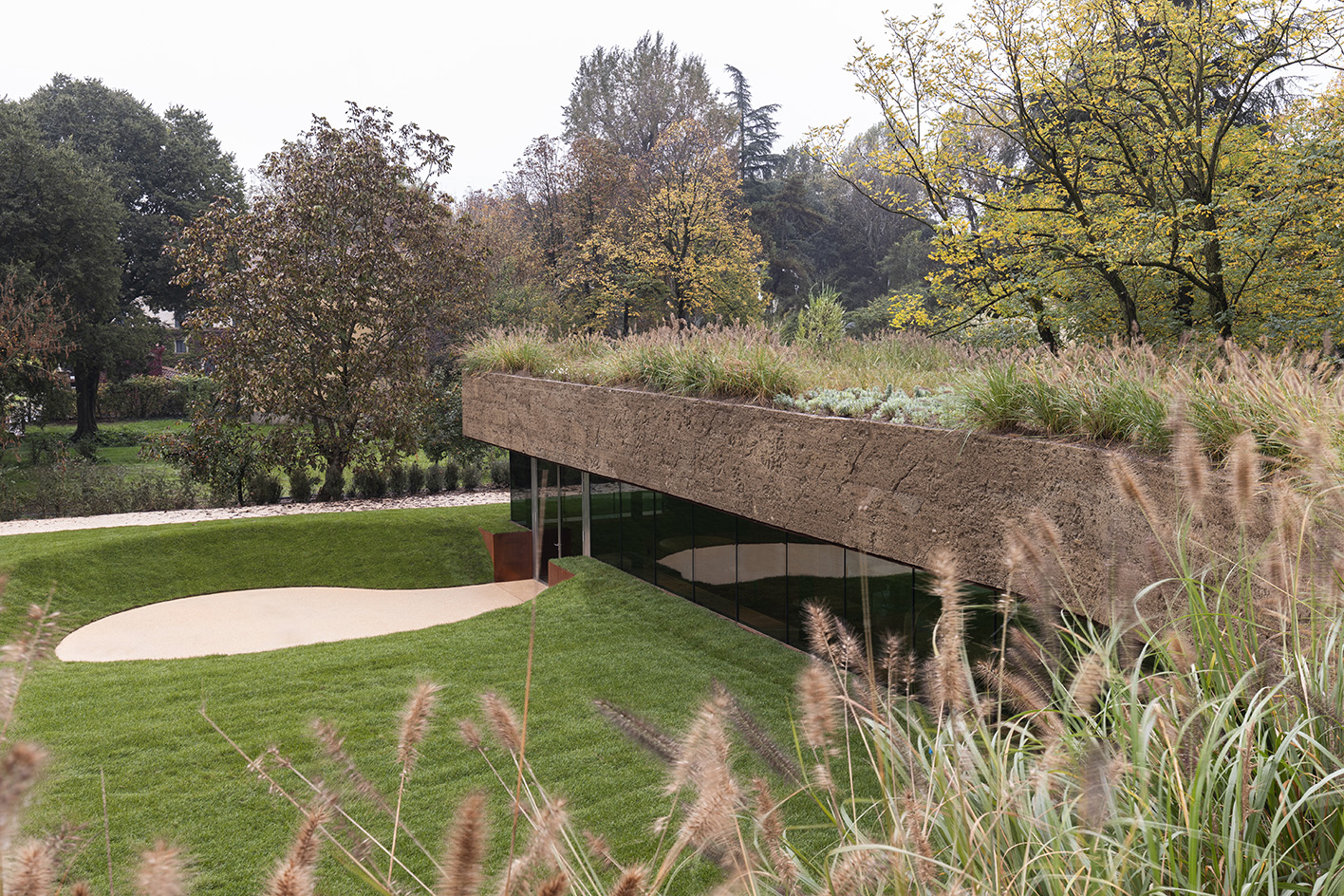 Meet Carlo Ratti, the architect curating the 2025 Venice Architecture Biennale
Meet Carlo Ratti, the architect curating the 2025 Venice Architecture BiennaleWe meet Italian architect Carlo Ratti, the curator of the 2025 Venice Architecture Biennale, to find out what drives and fascinates him ahead of the world’s biggest architecture festival kick-off in May
By Ellie Stathaki
-
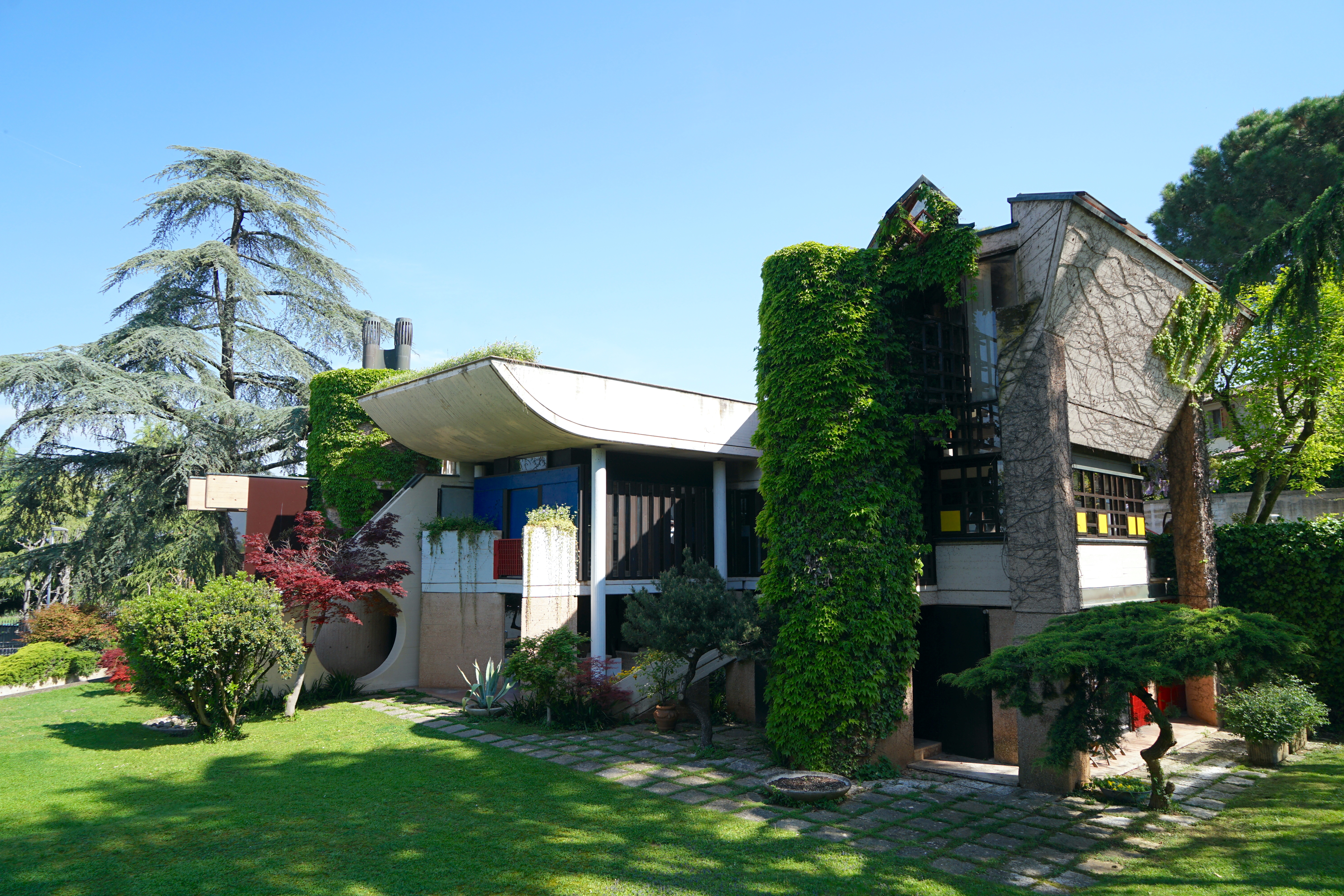 The brutal harmony of Villa Caffetto: an Escheresque Italian modernist gem
The brutal harmony of Villa Caffetto: an Escheresque Italian modernist gemThe Escheresque Italian Villa Caffetto designed by Fausto Bontempi for sculptor Claudio Caffetto
By Adam Štěch